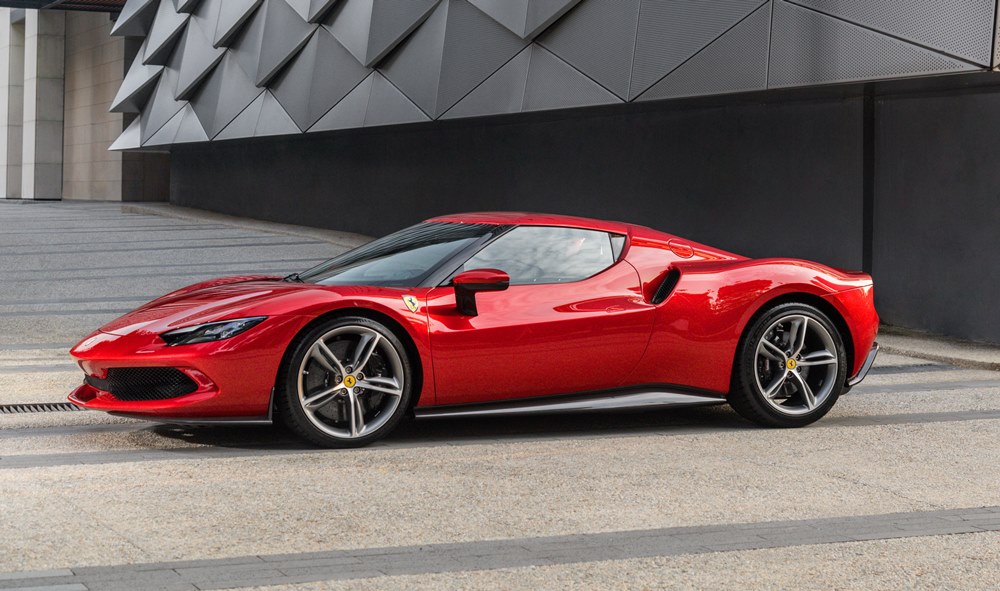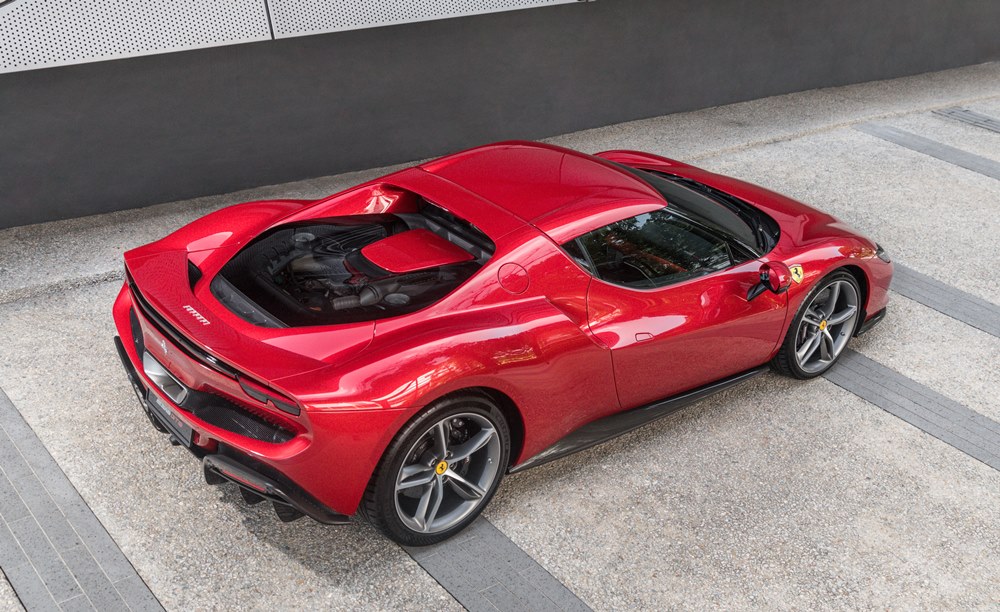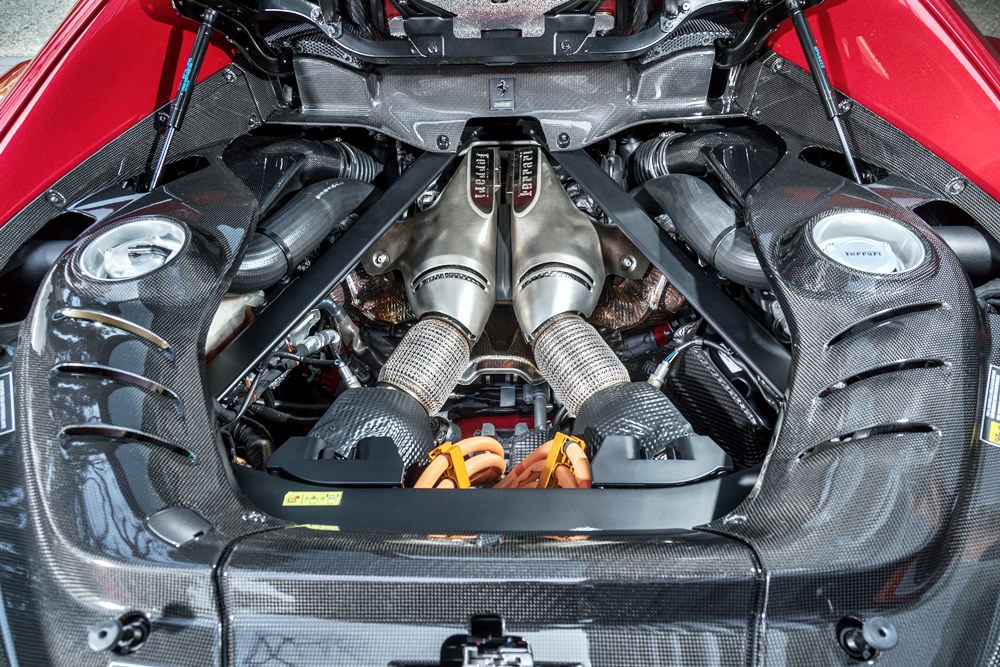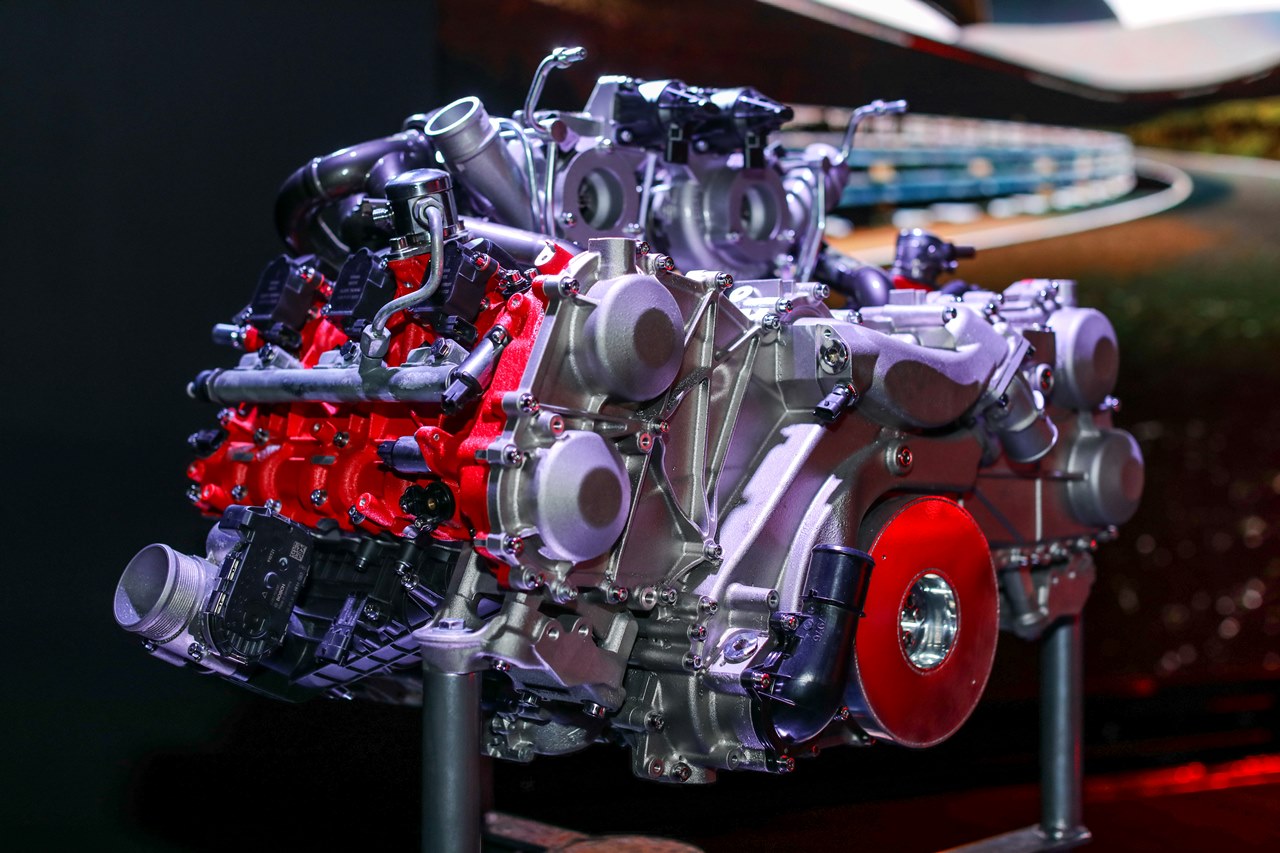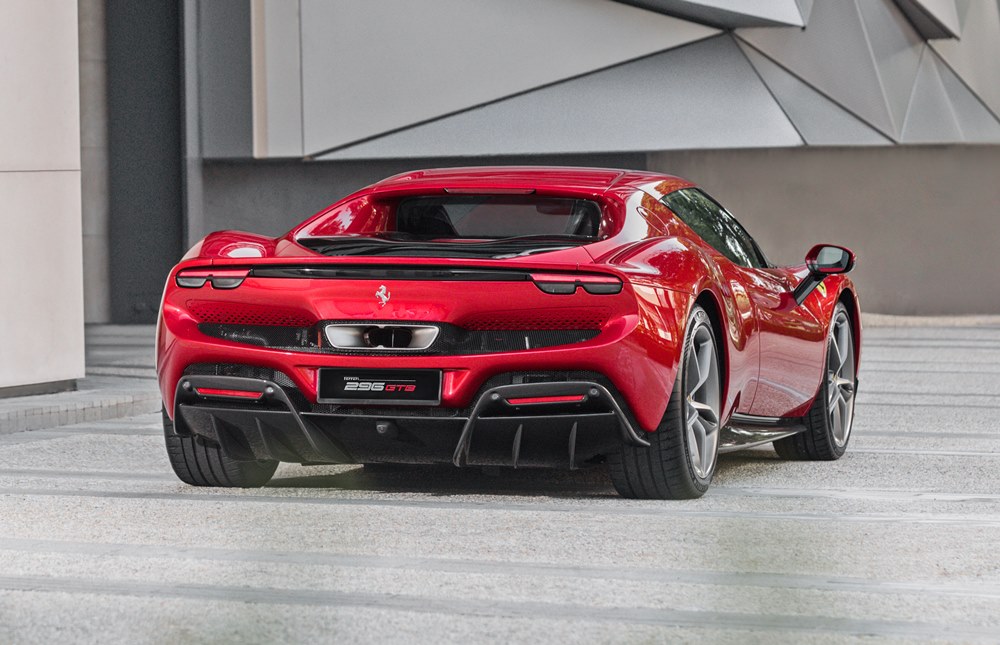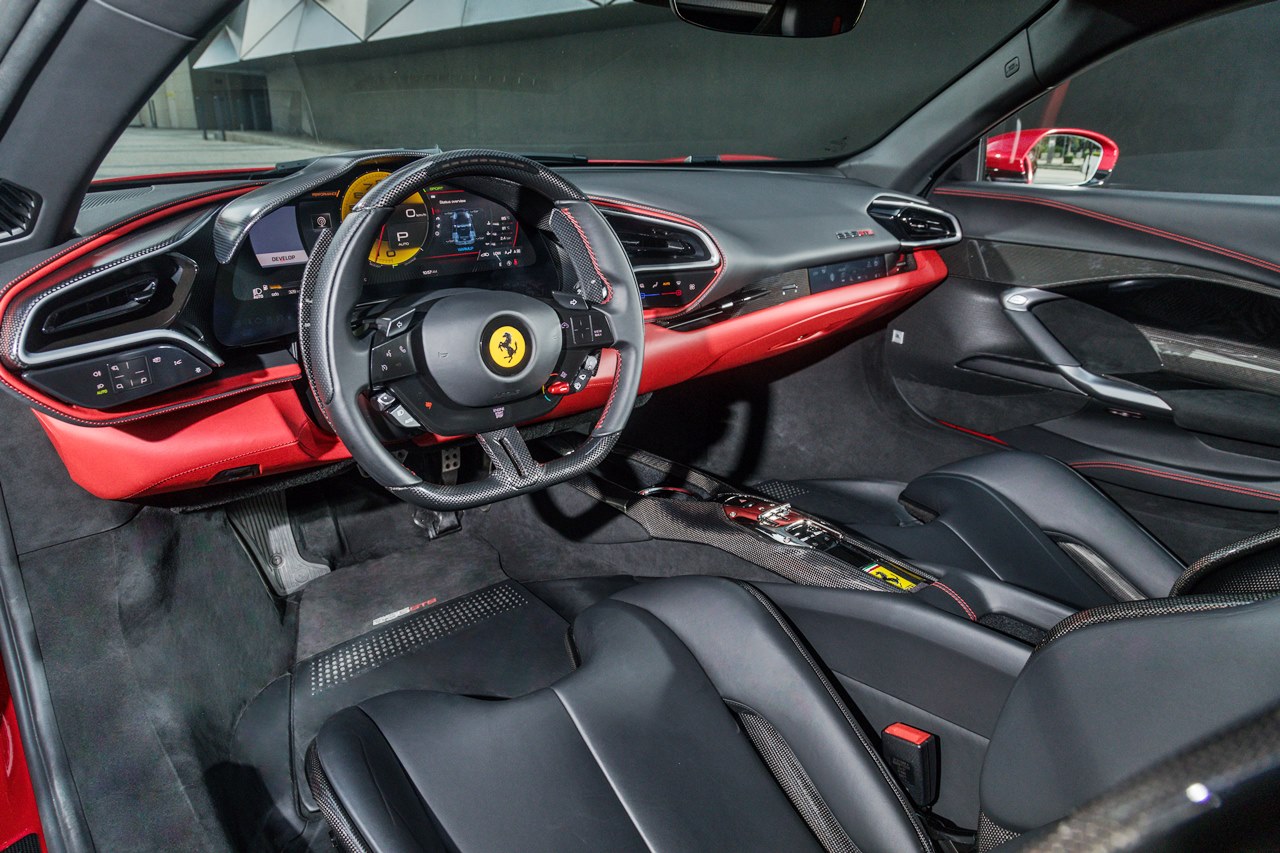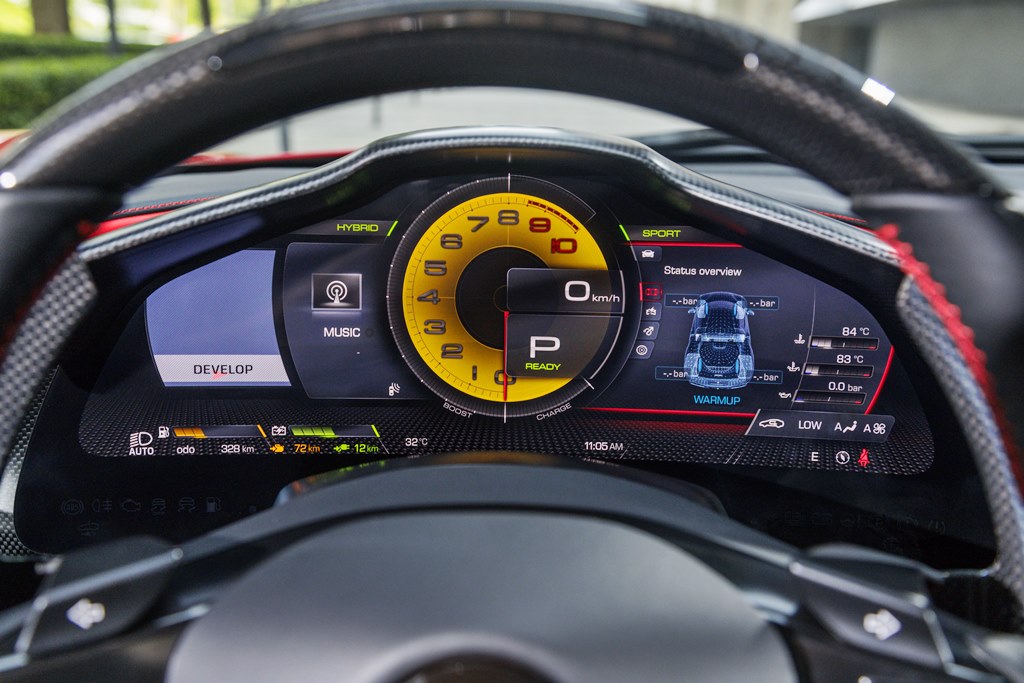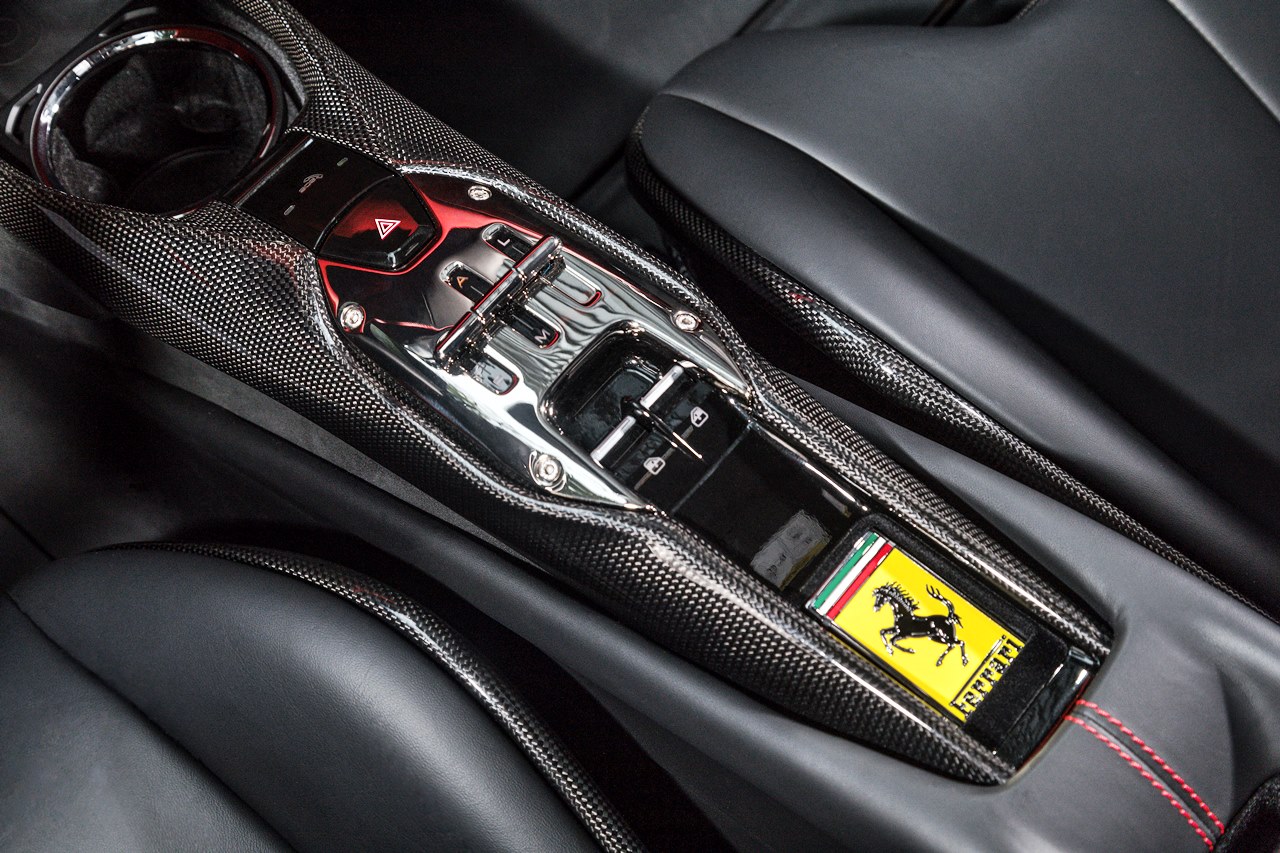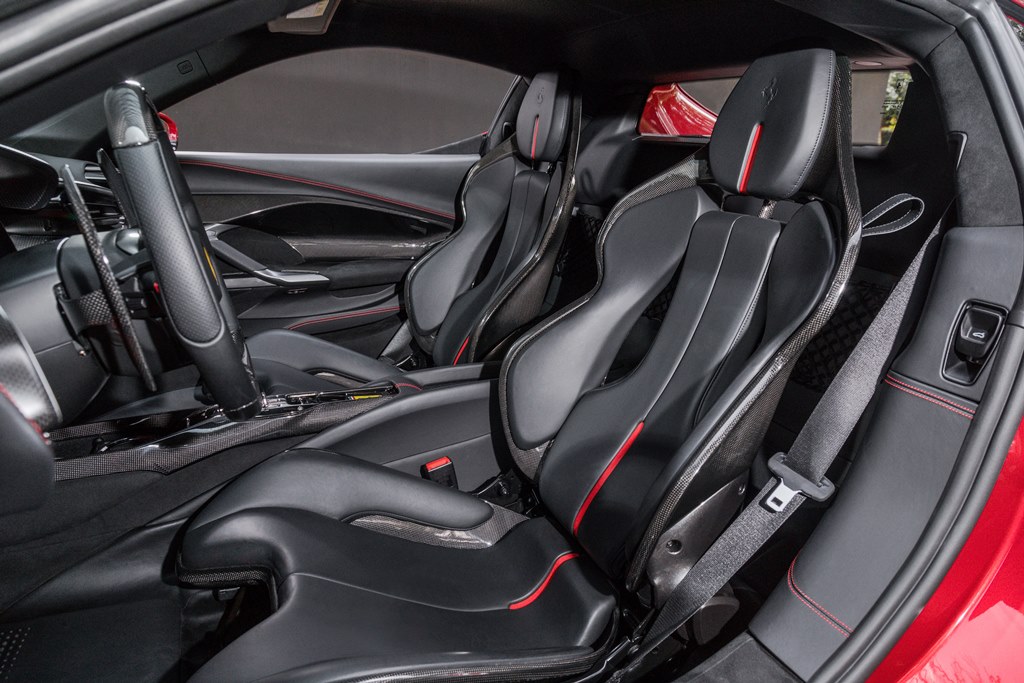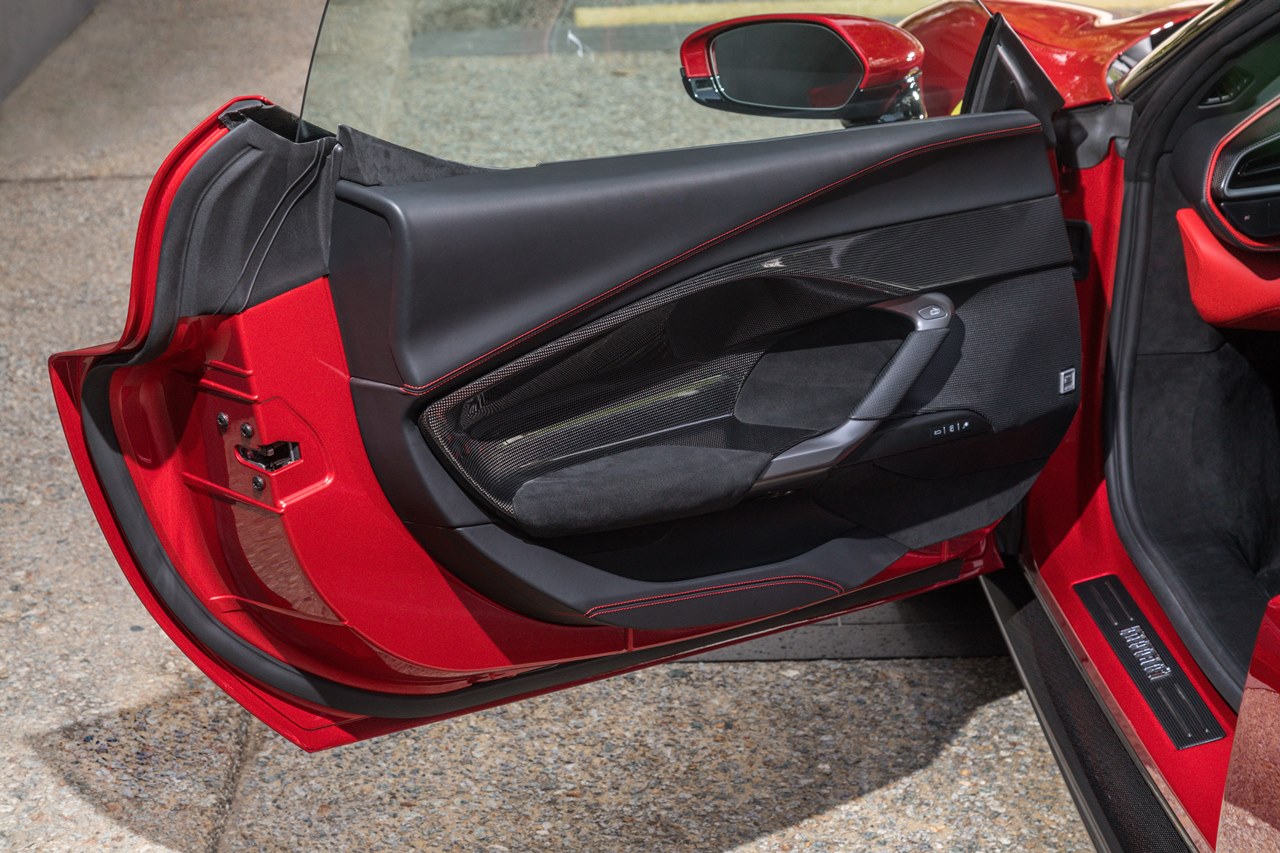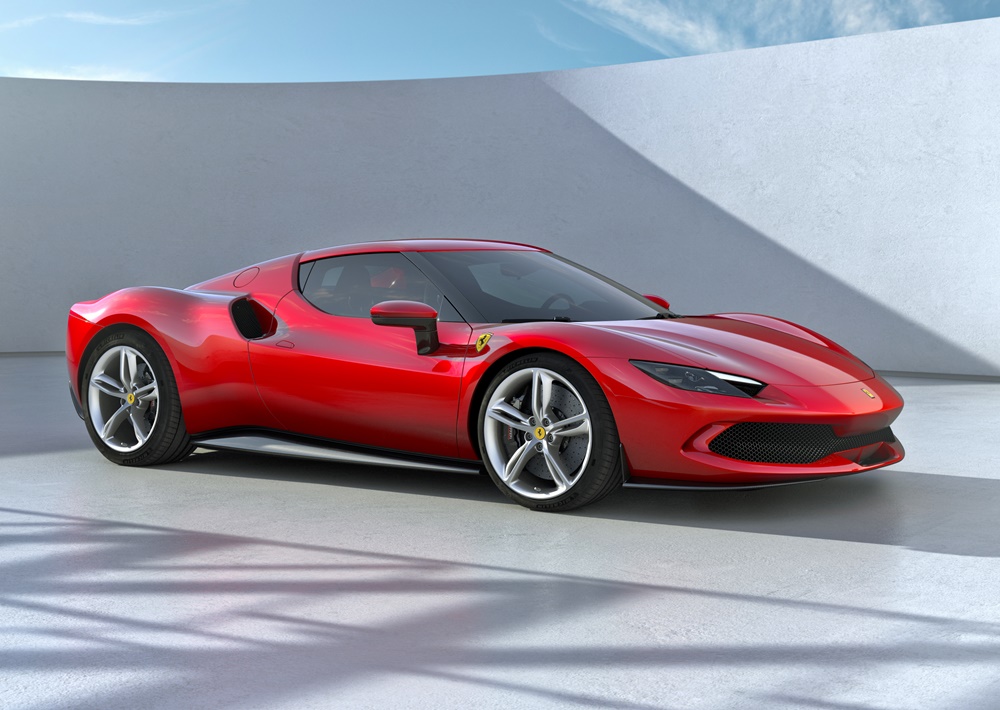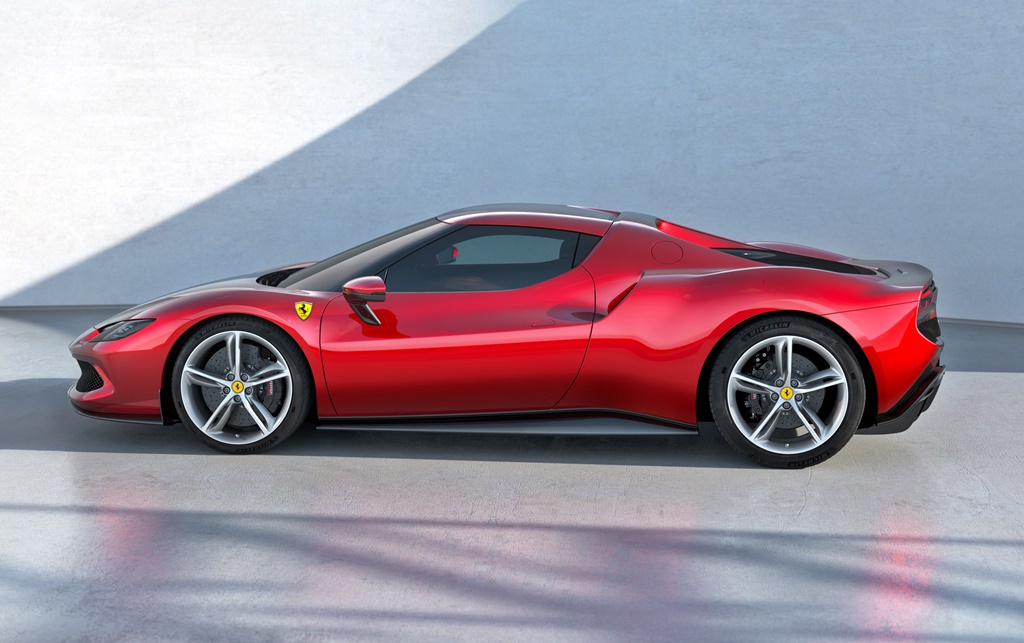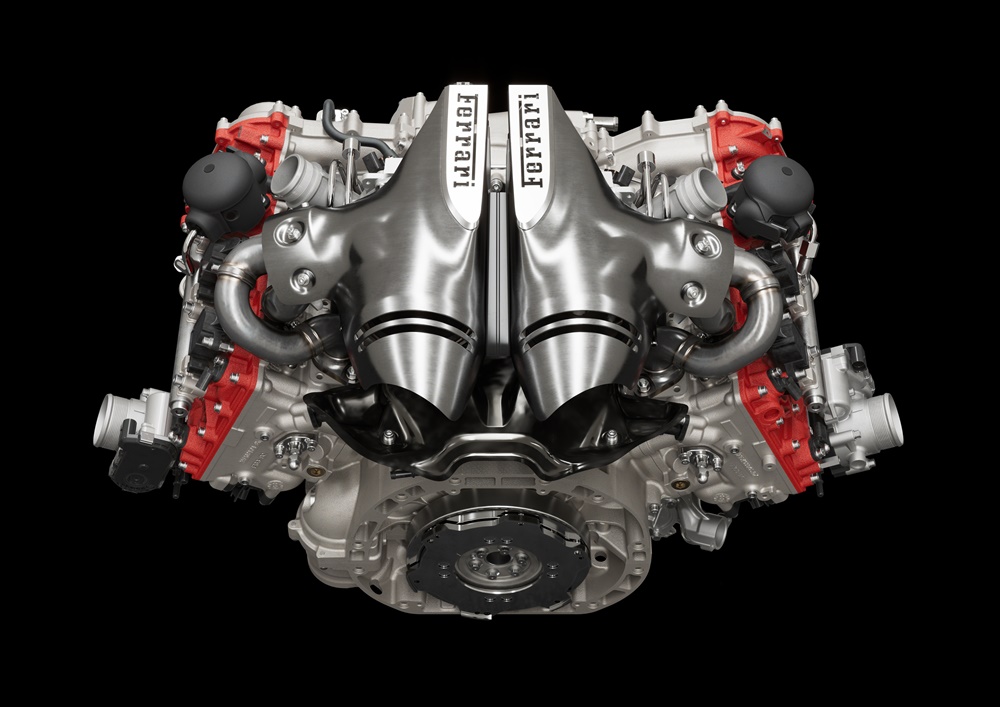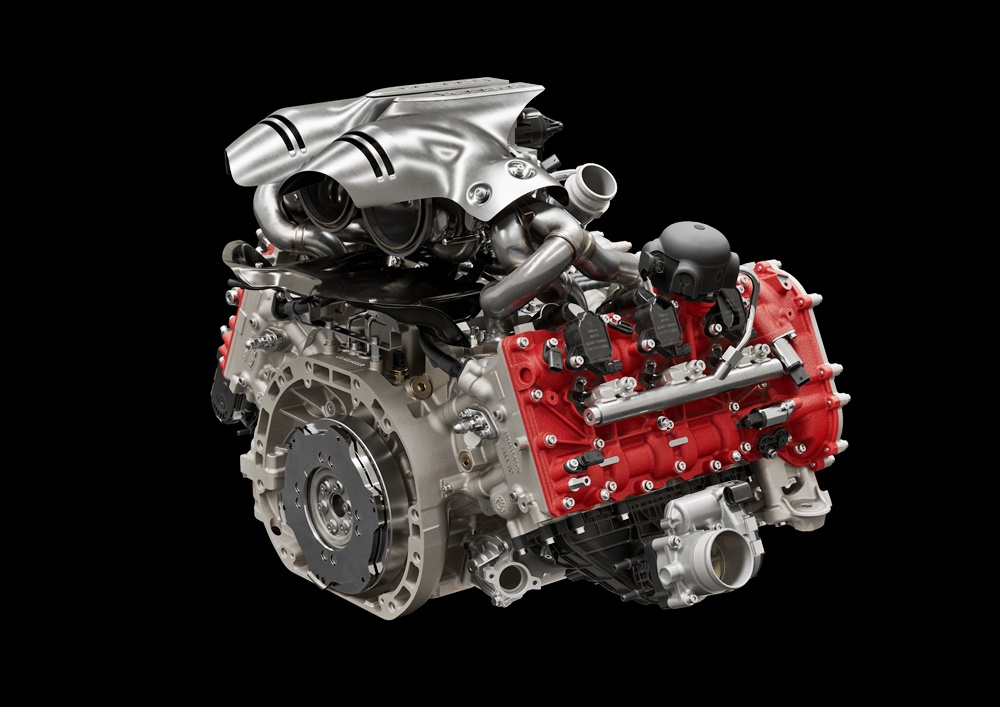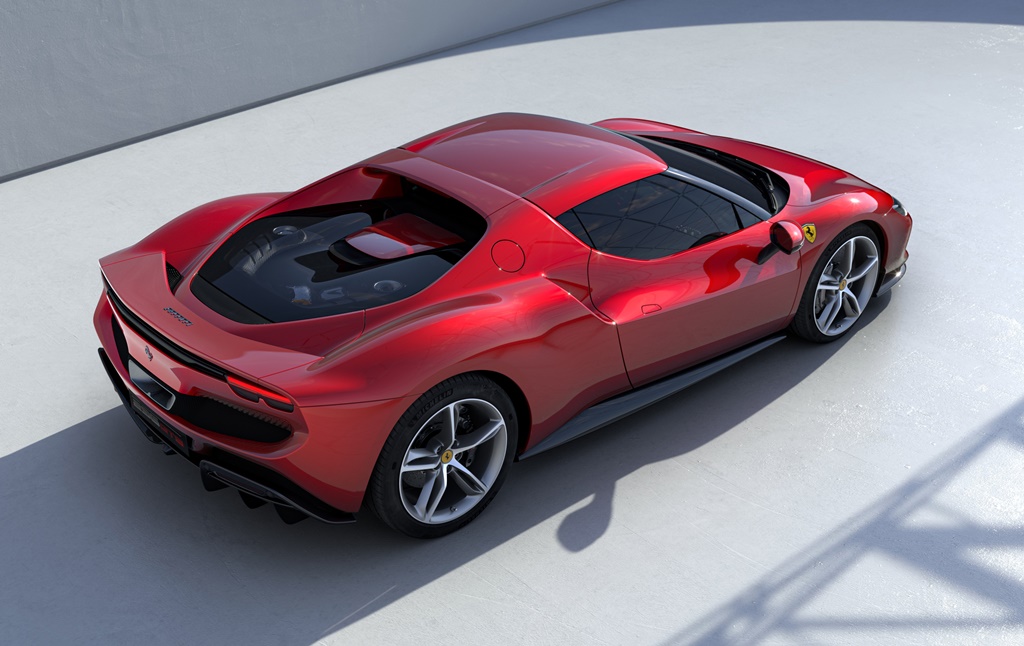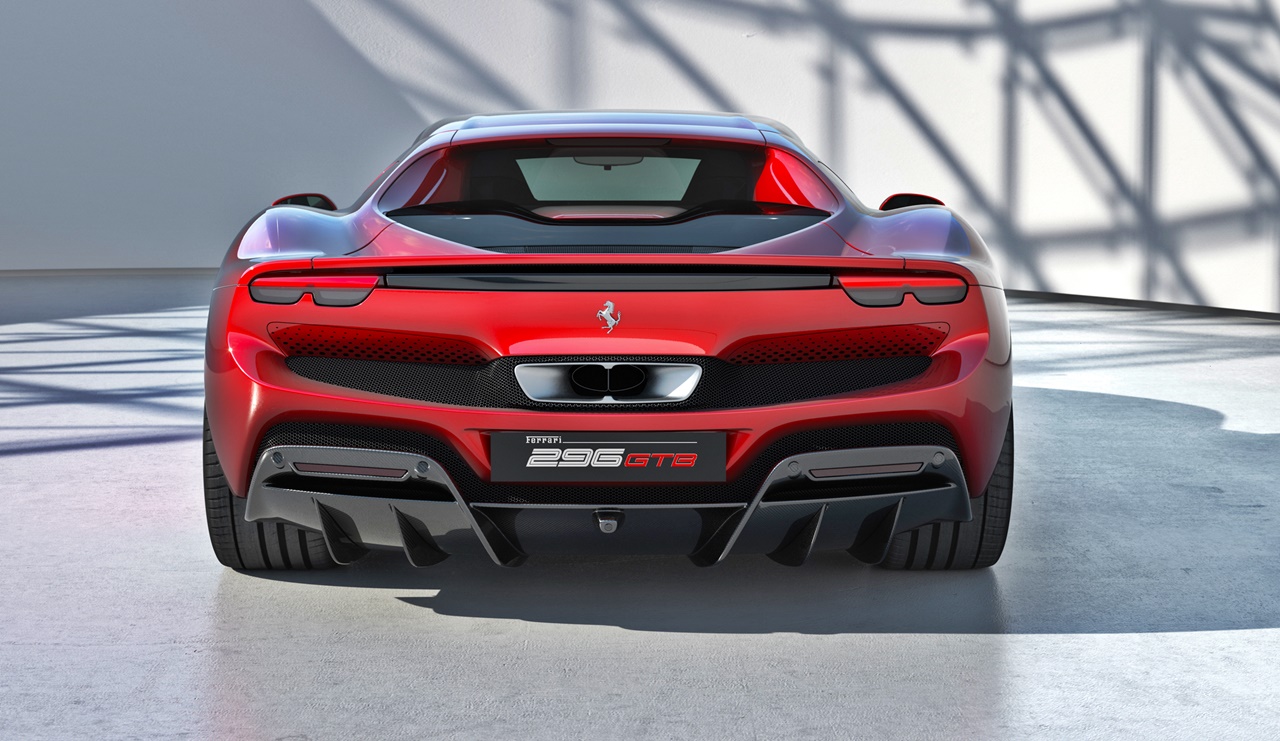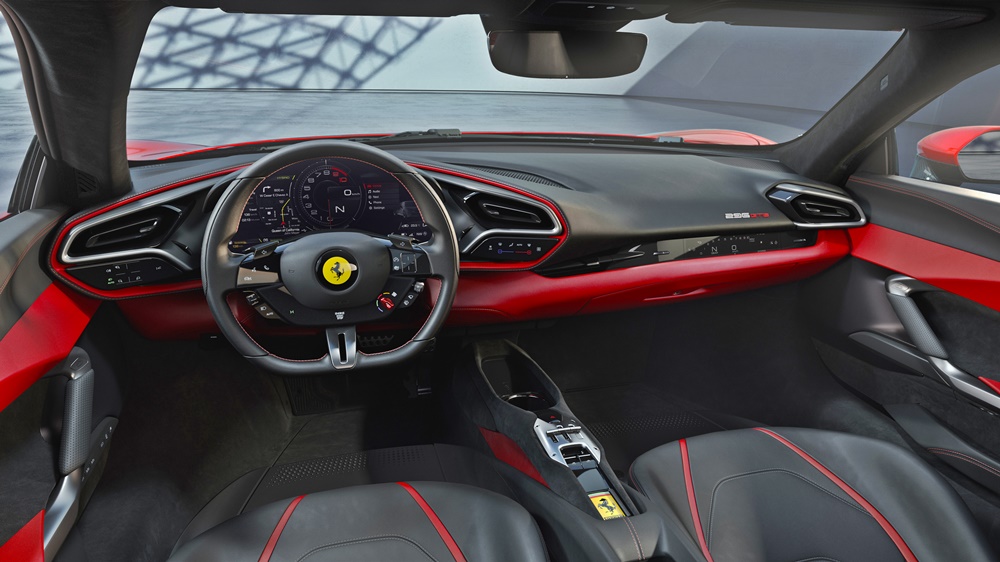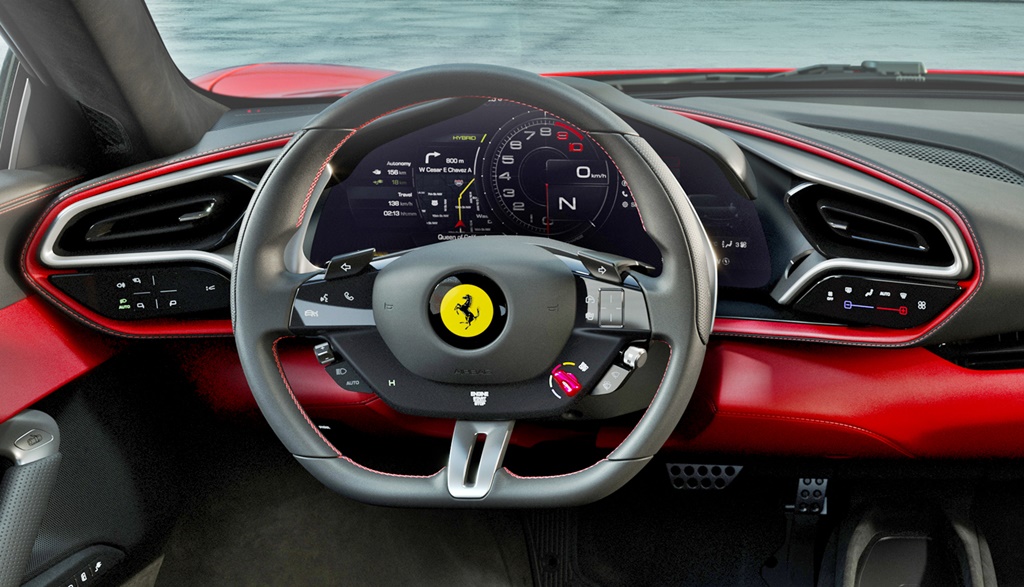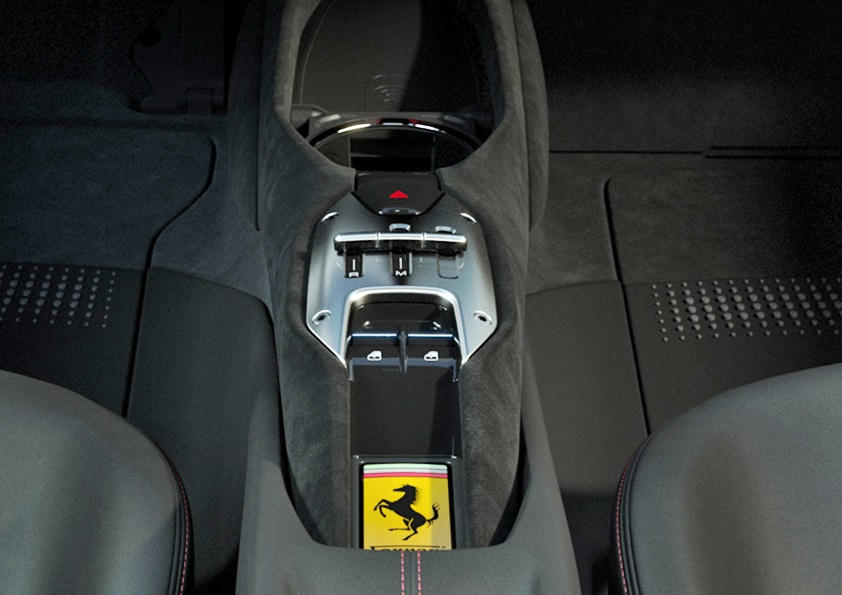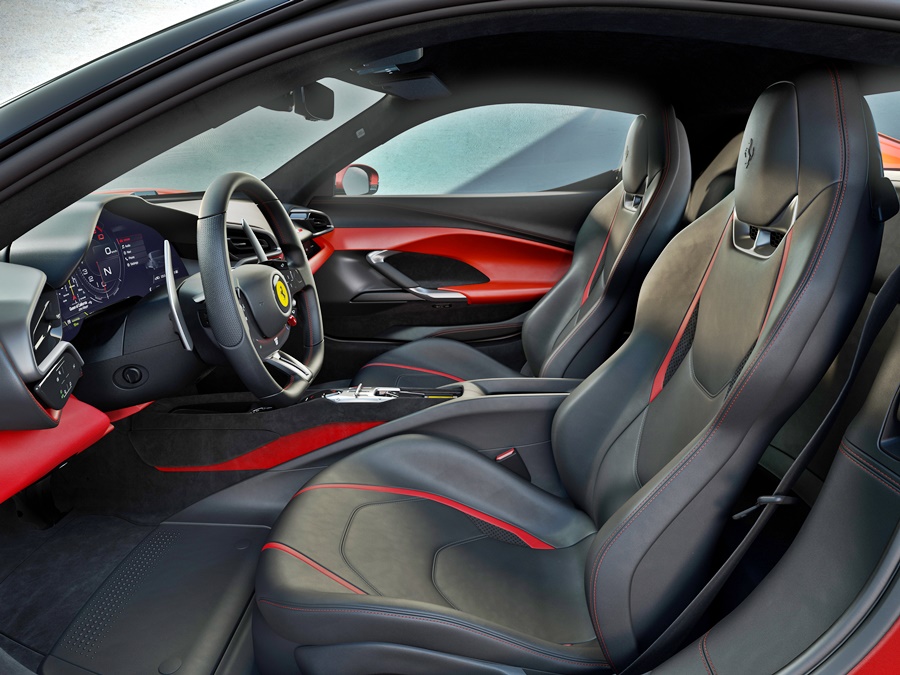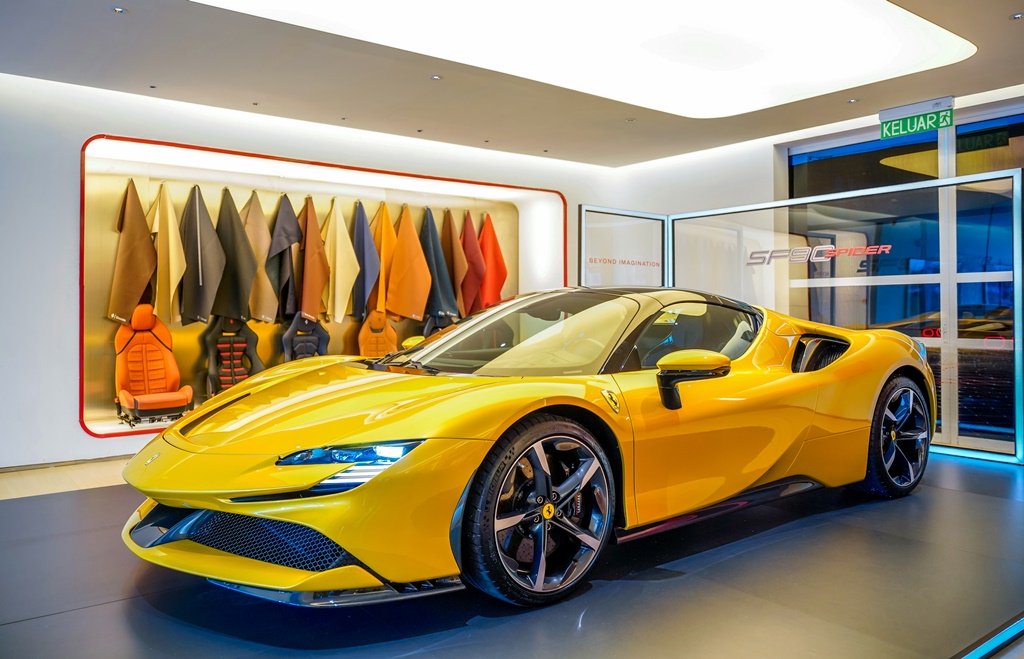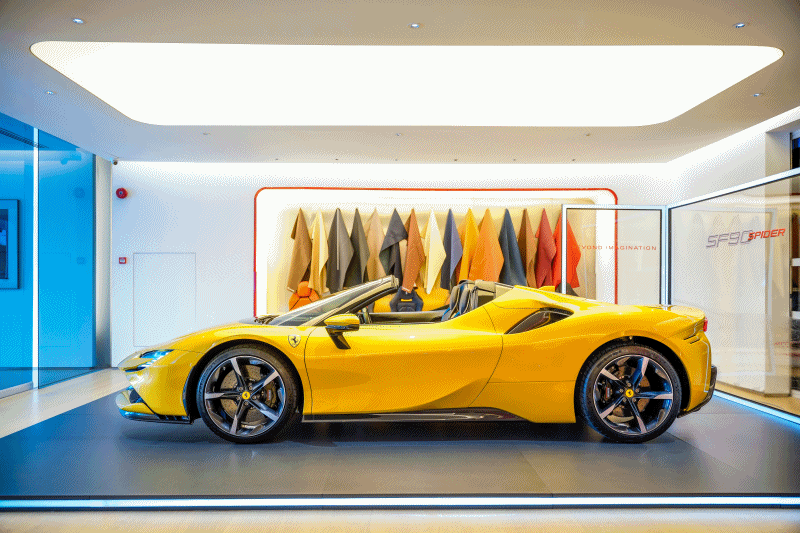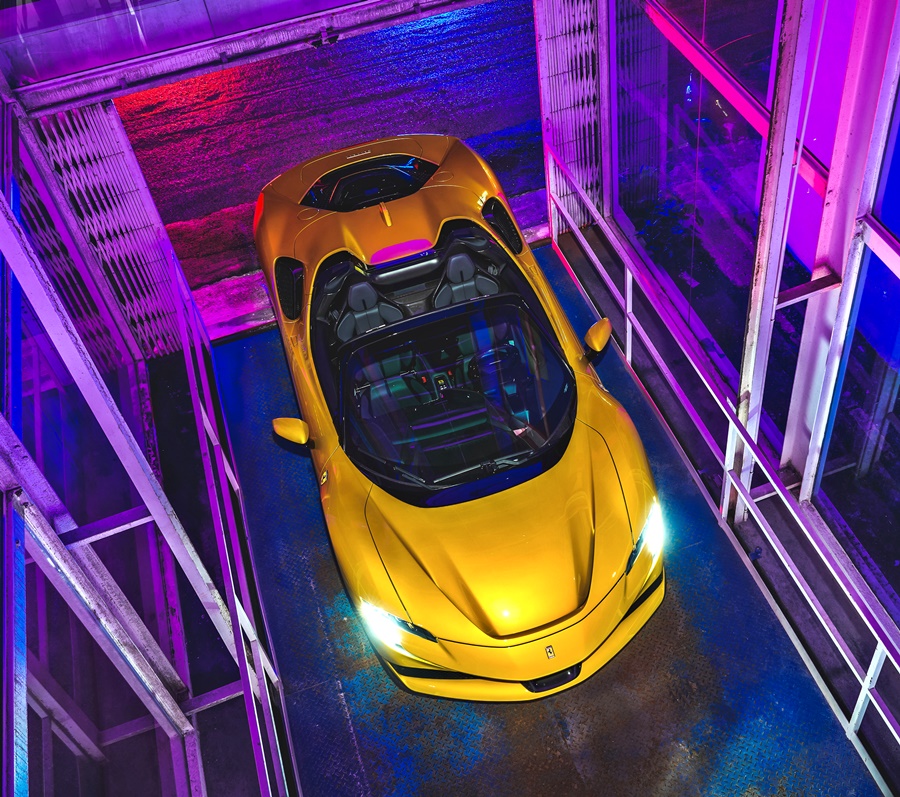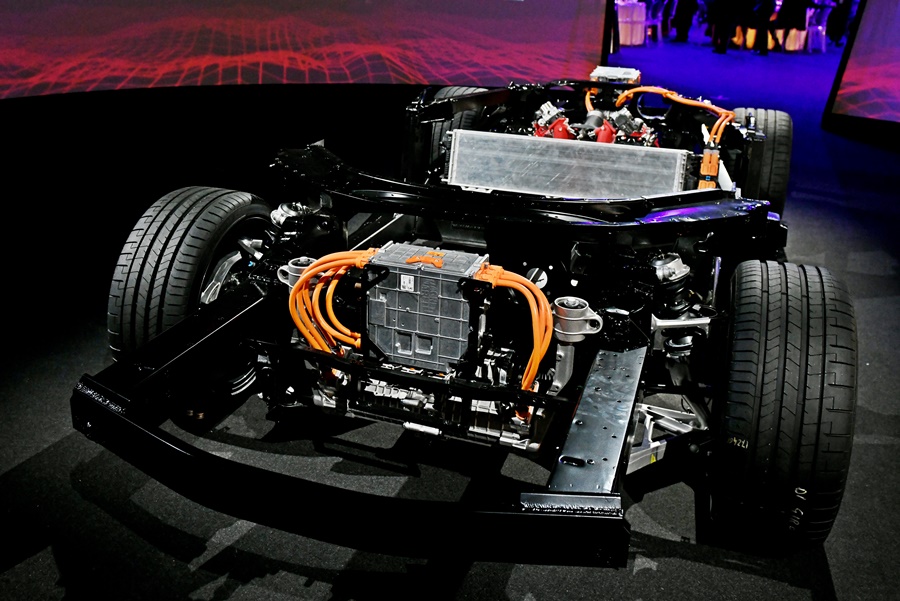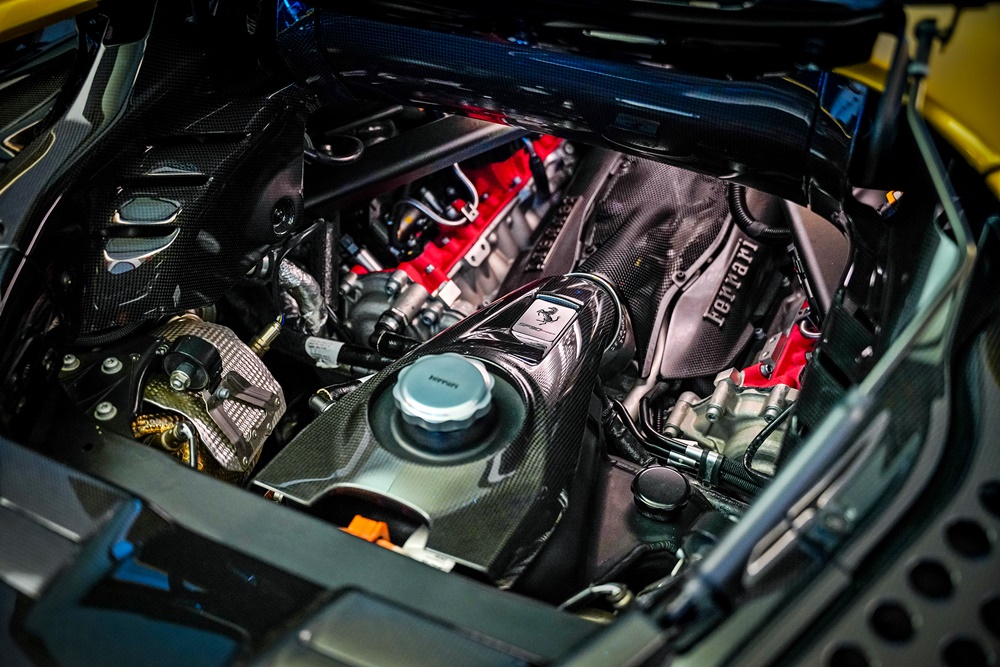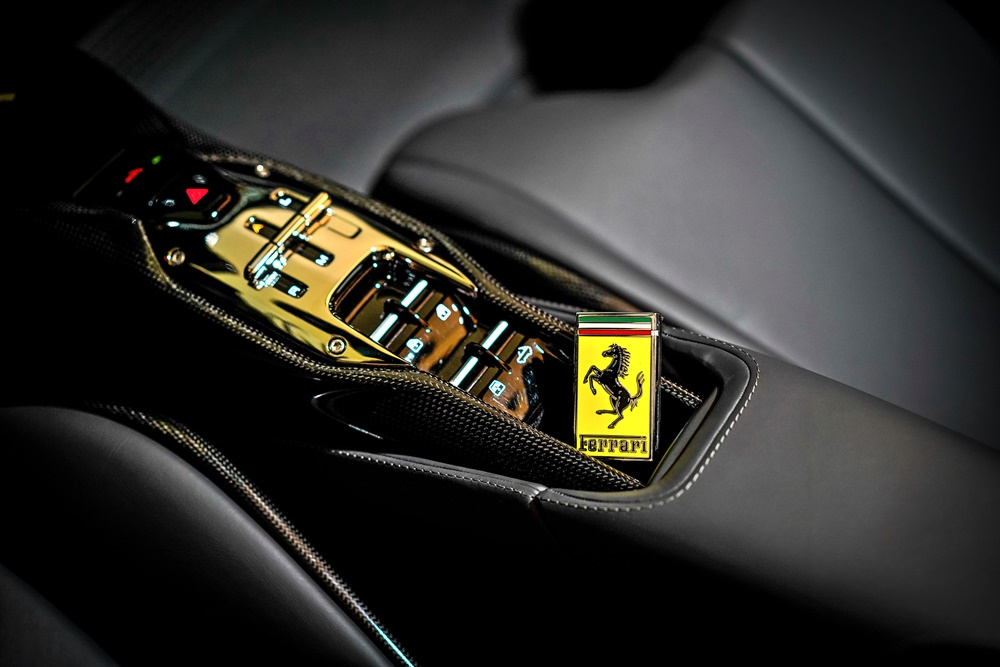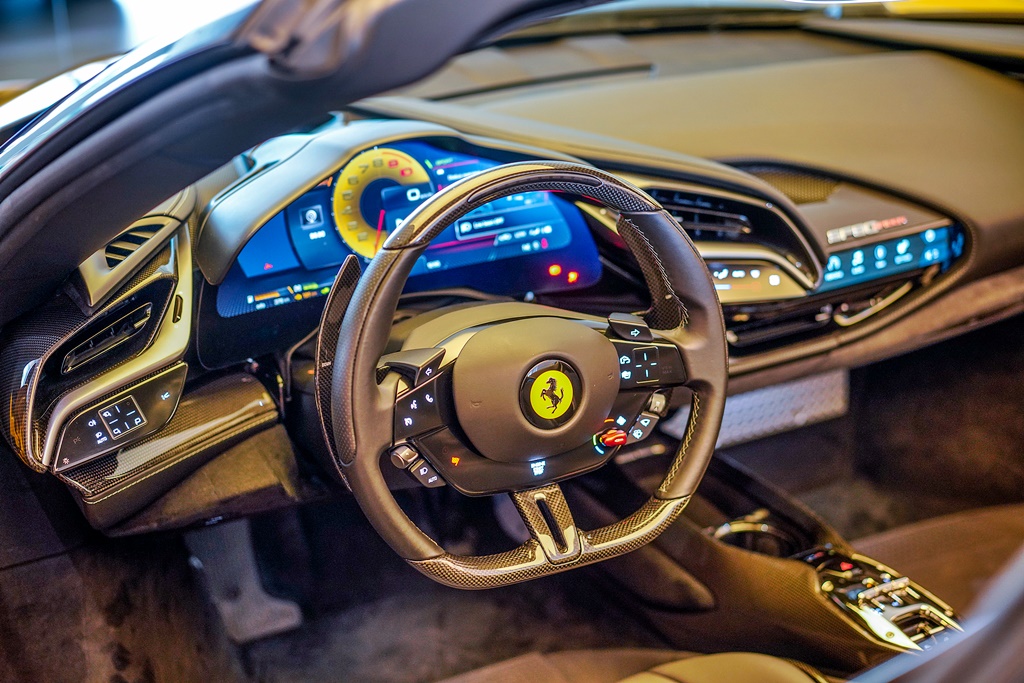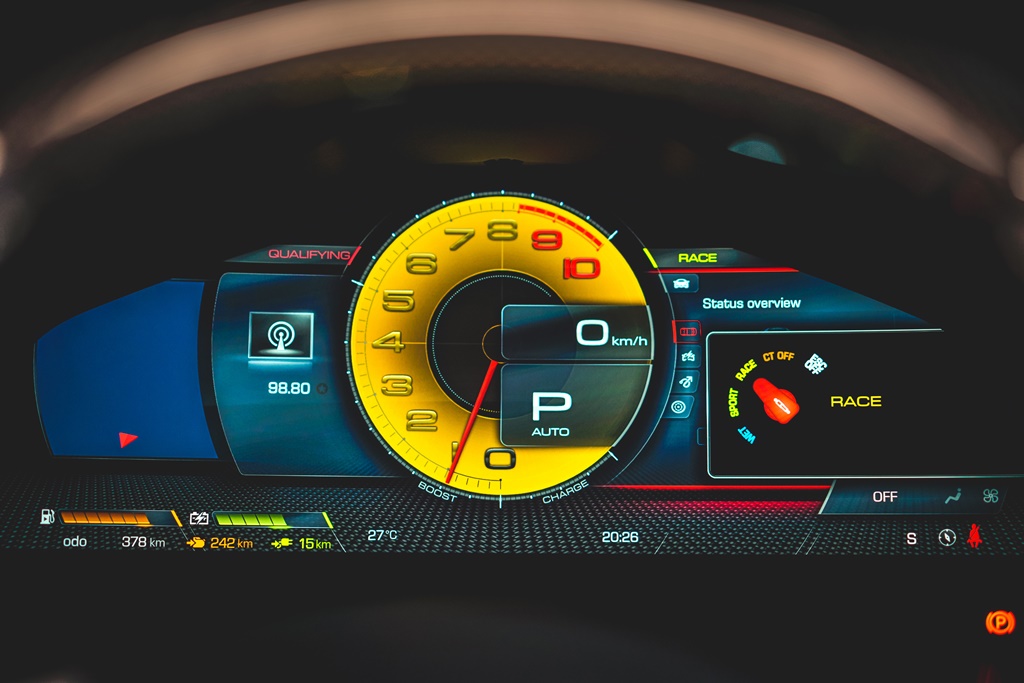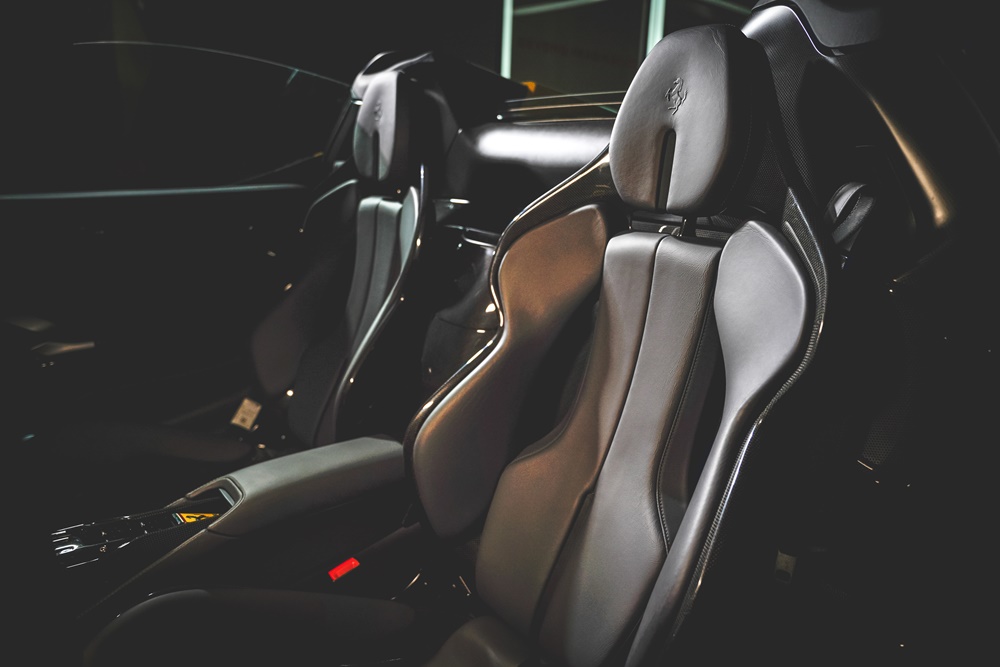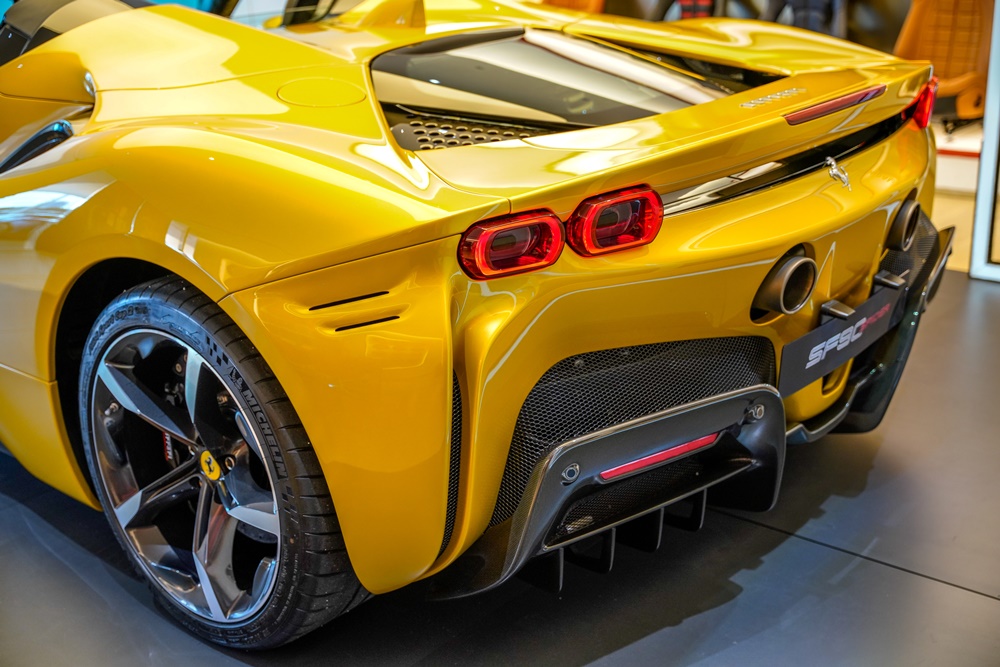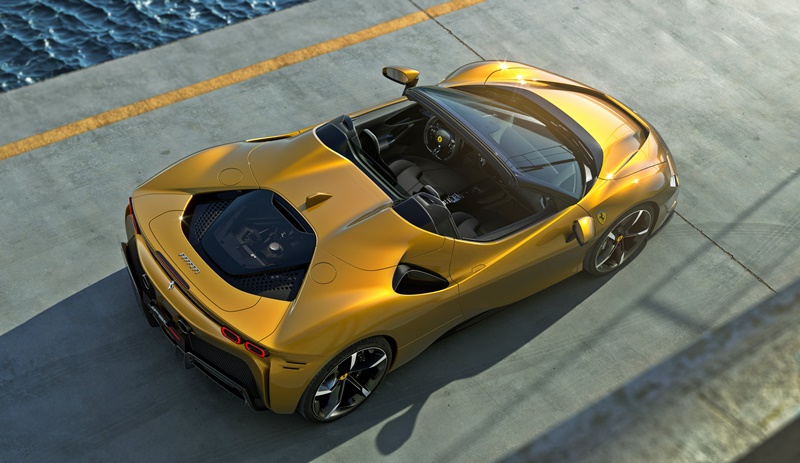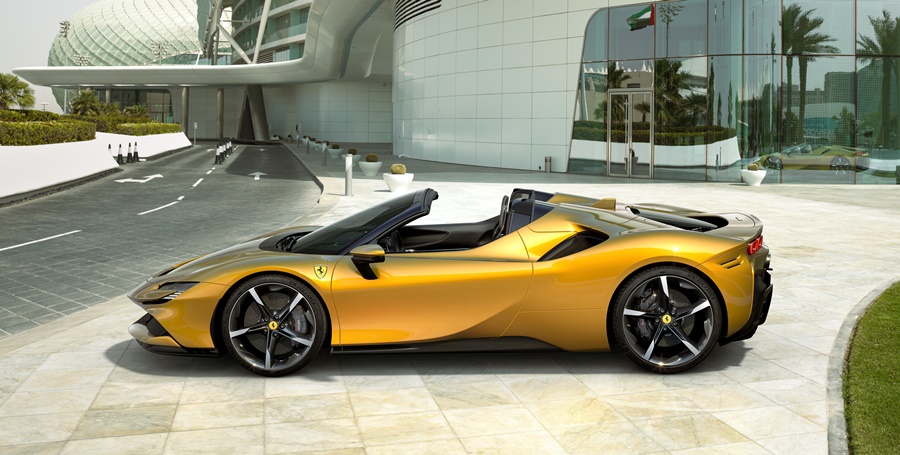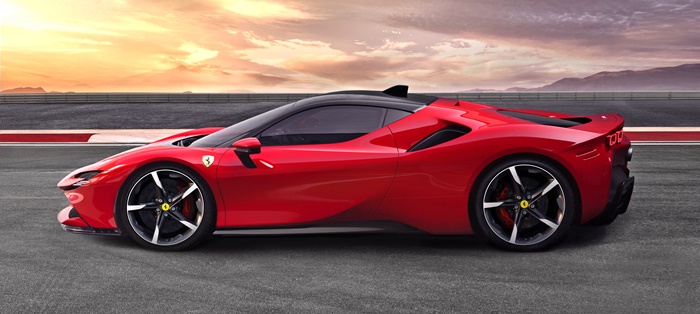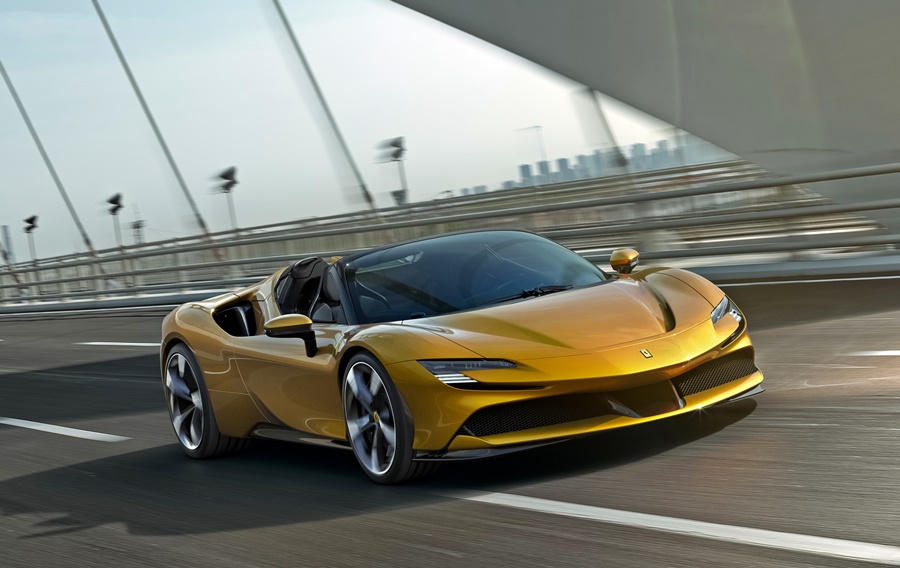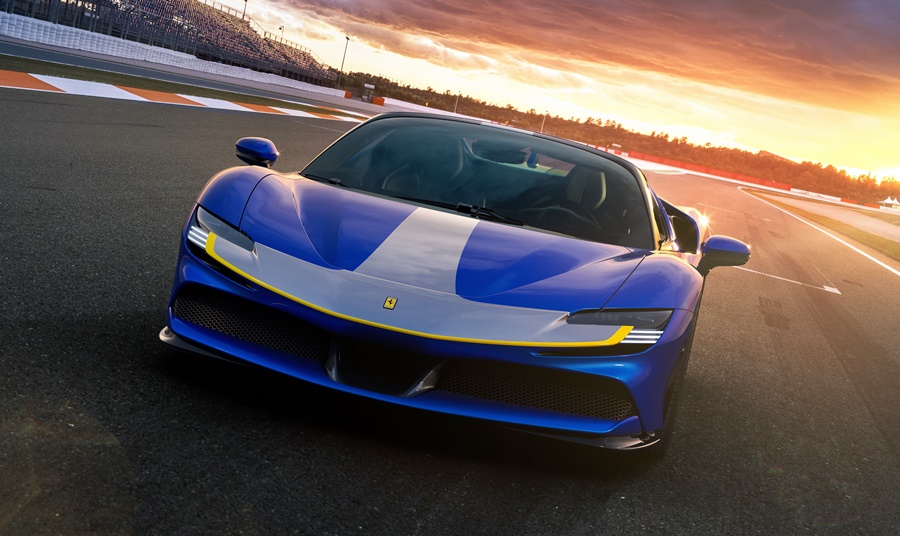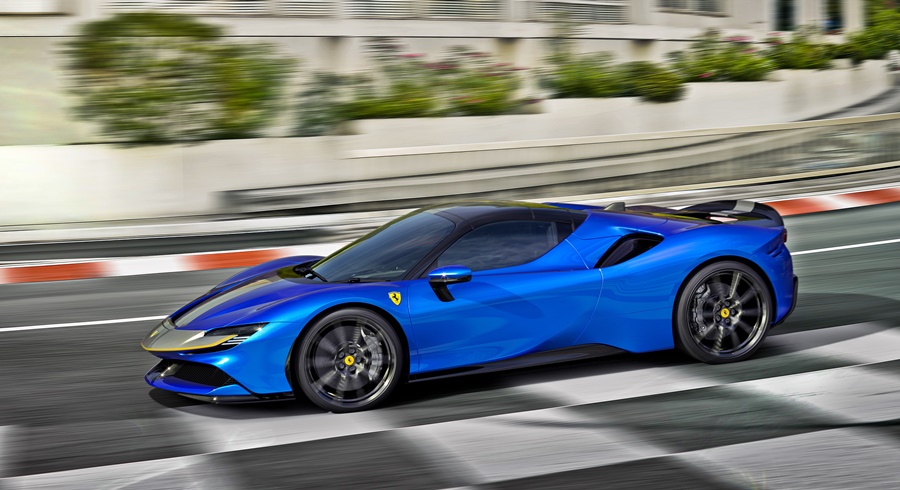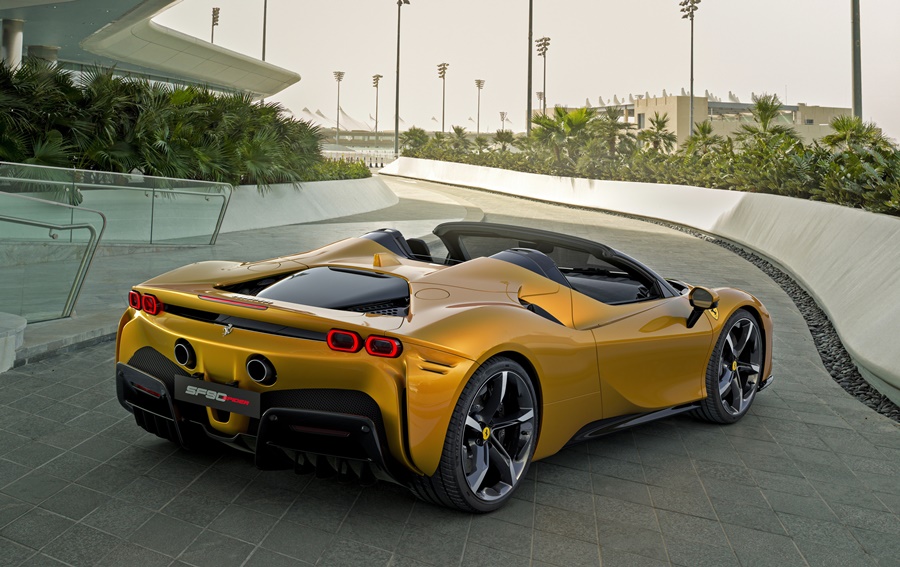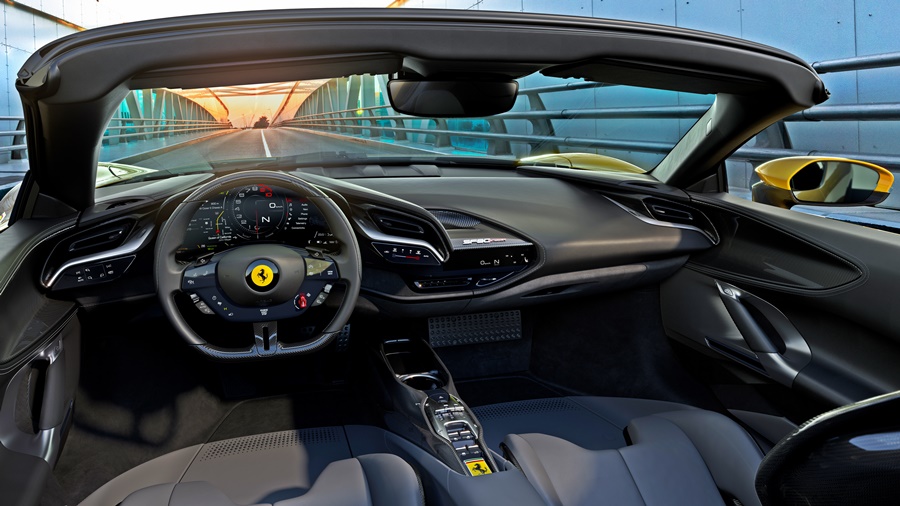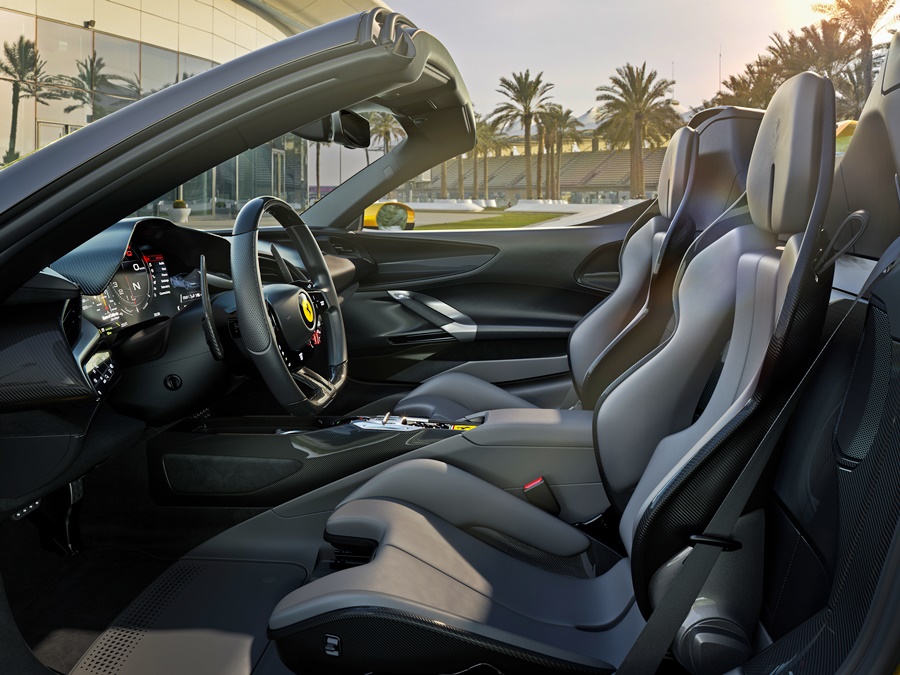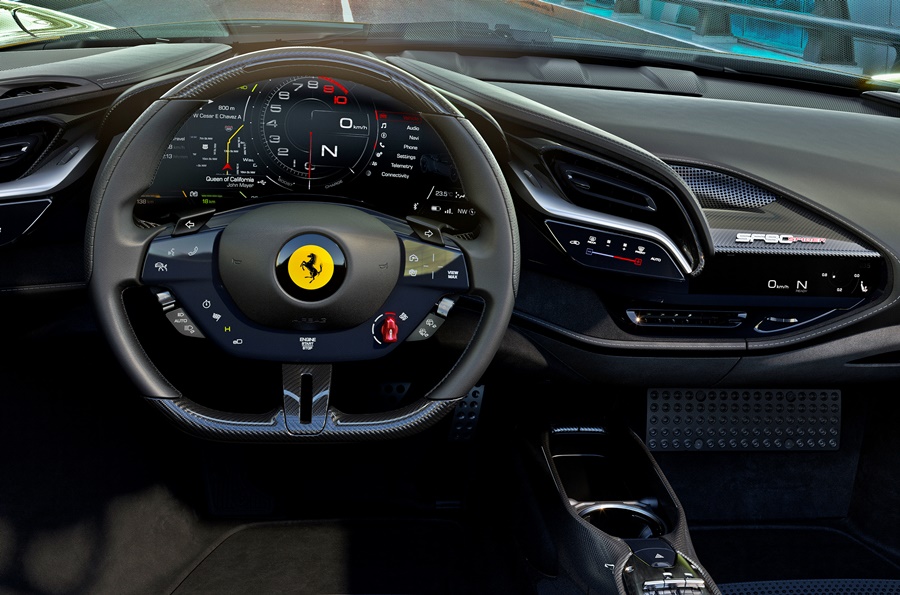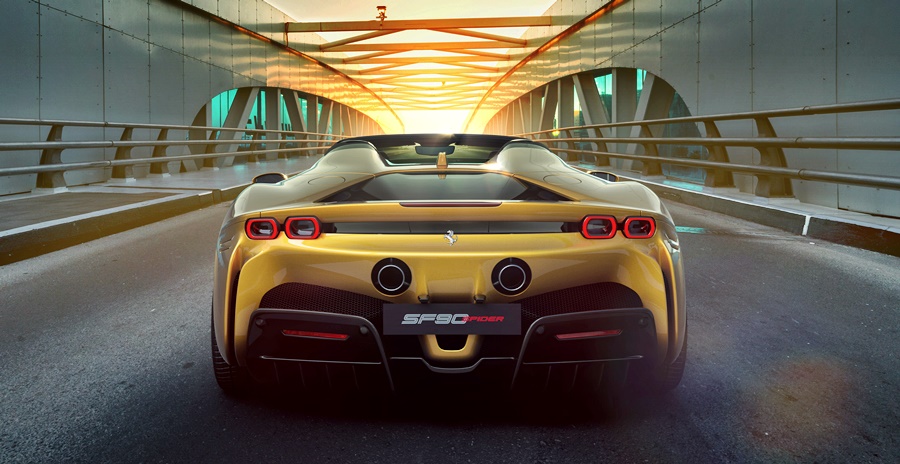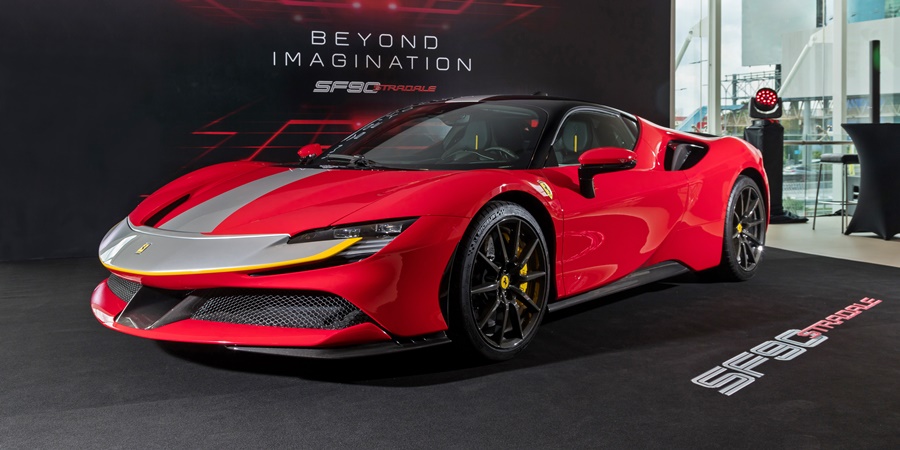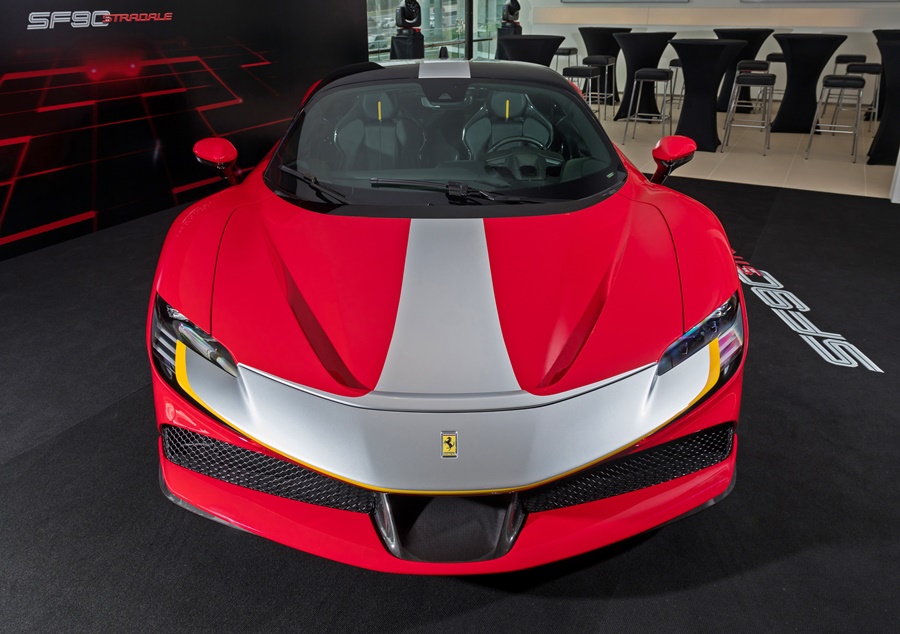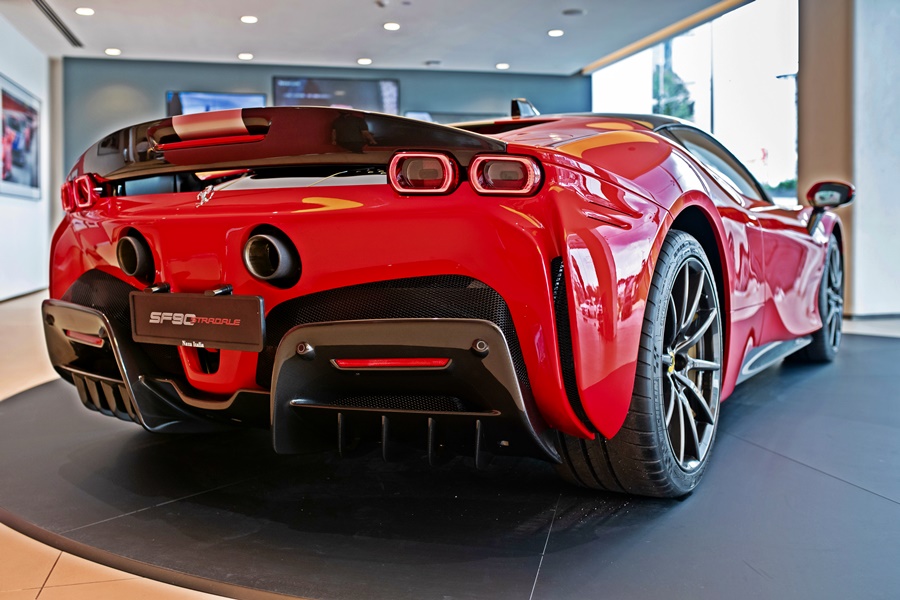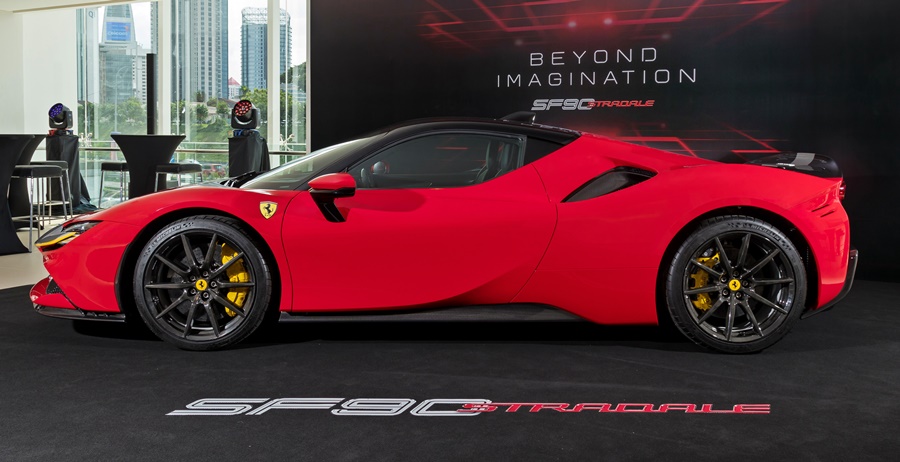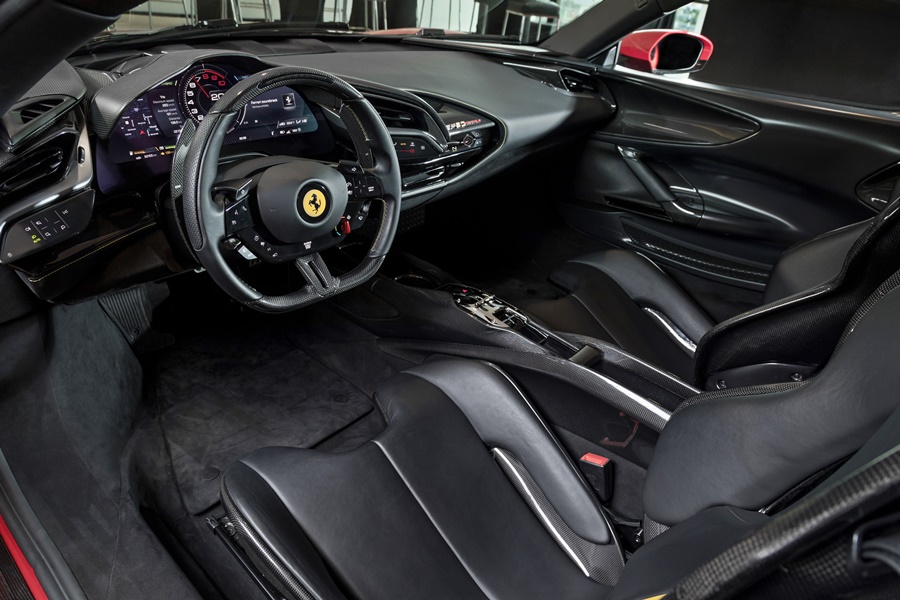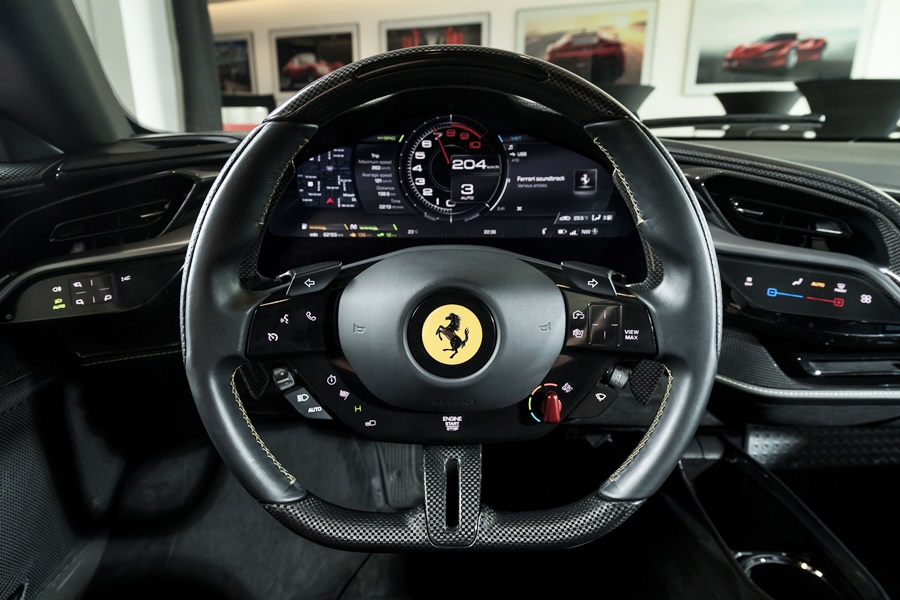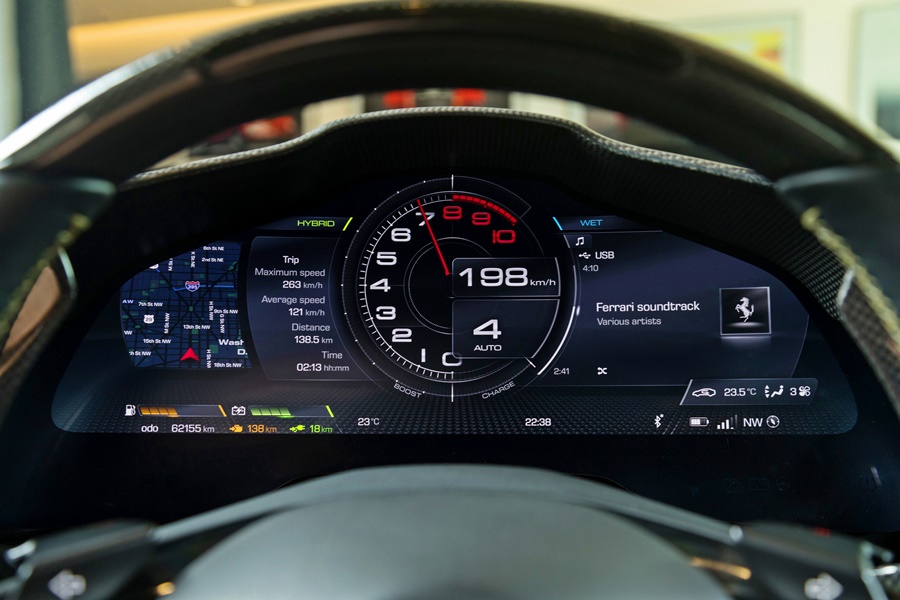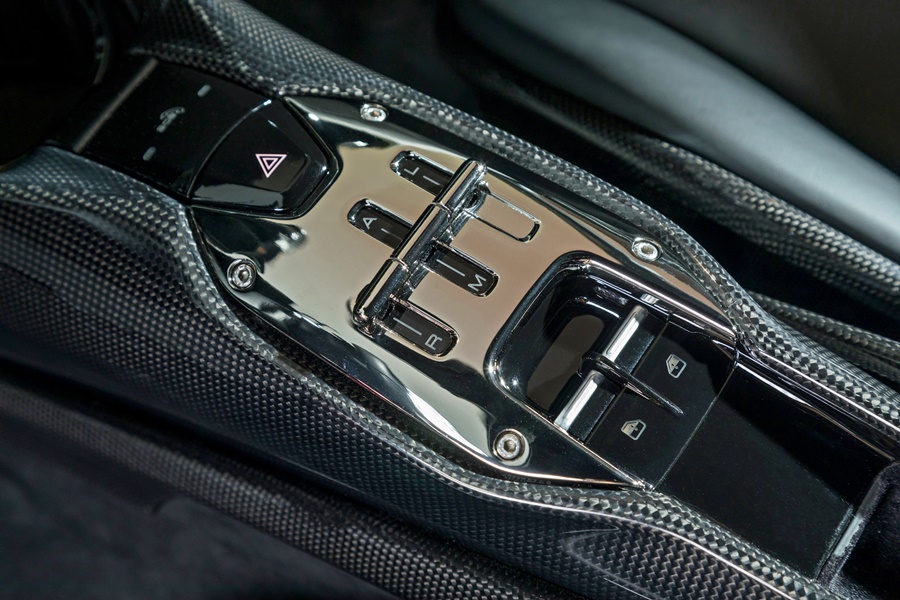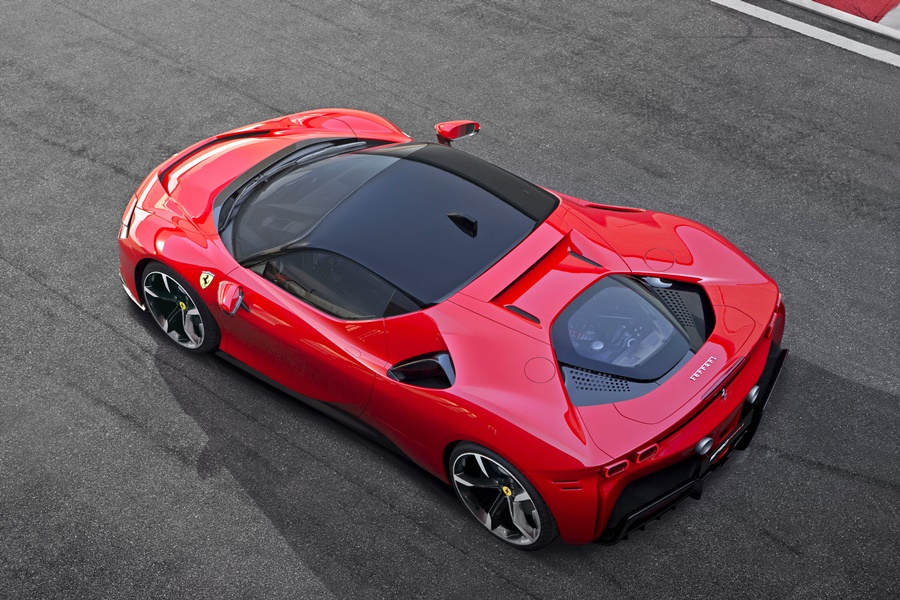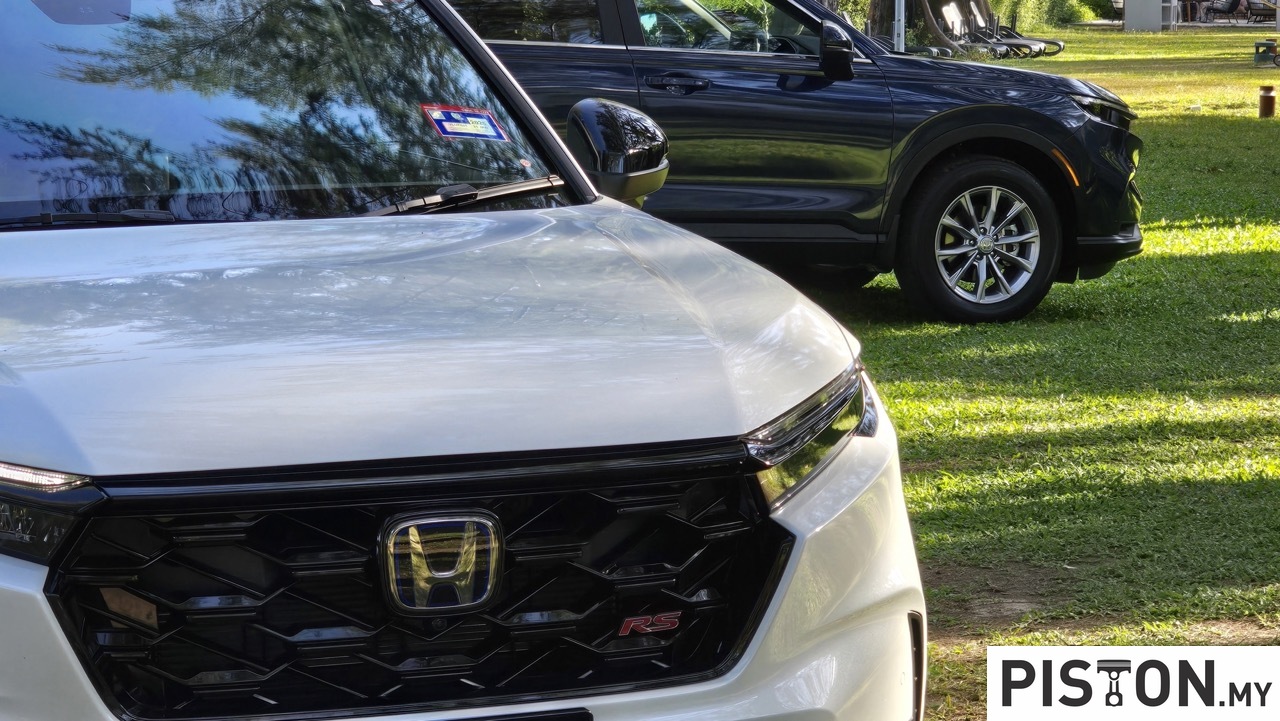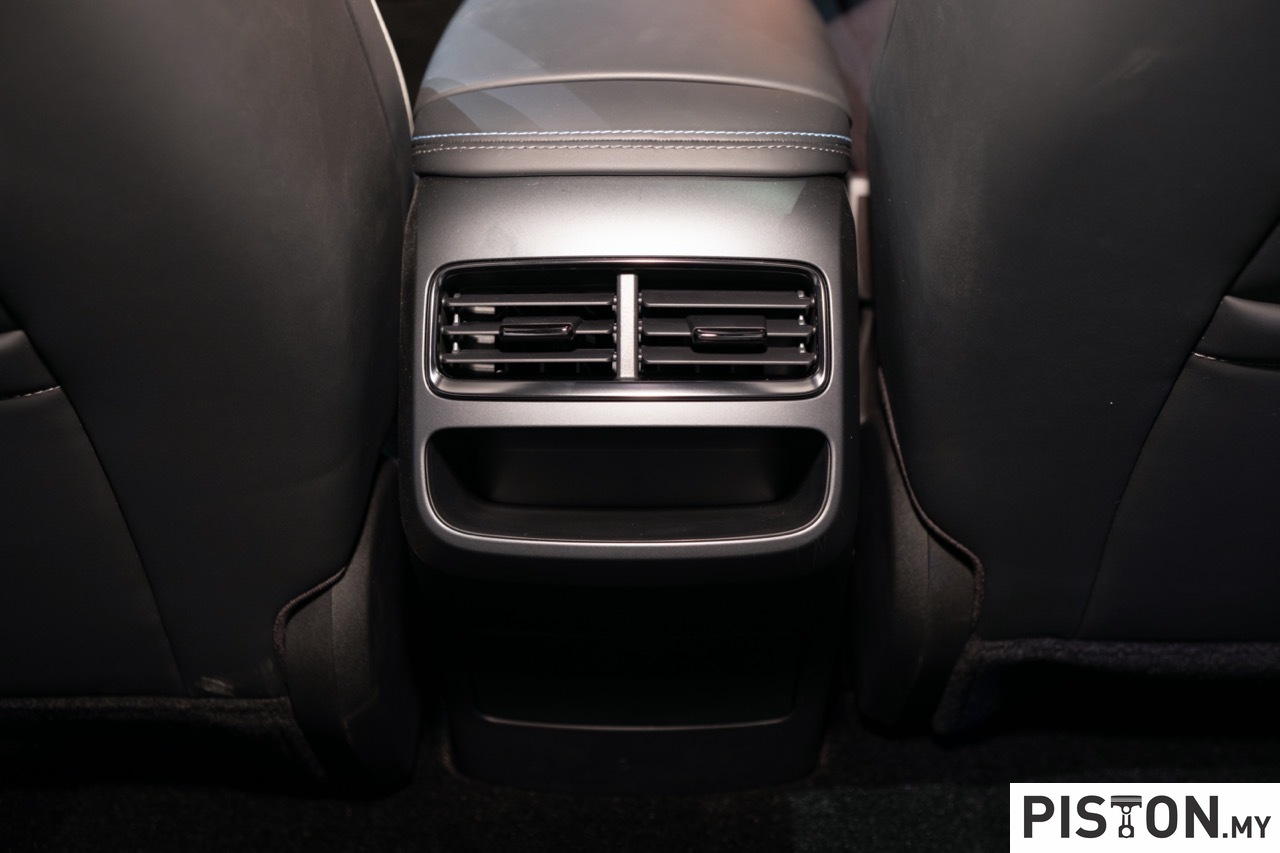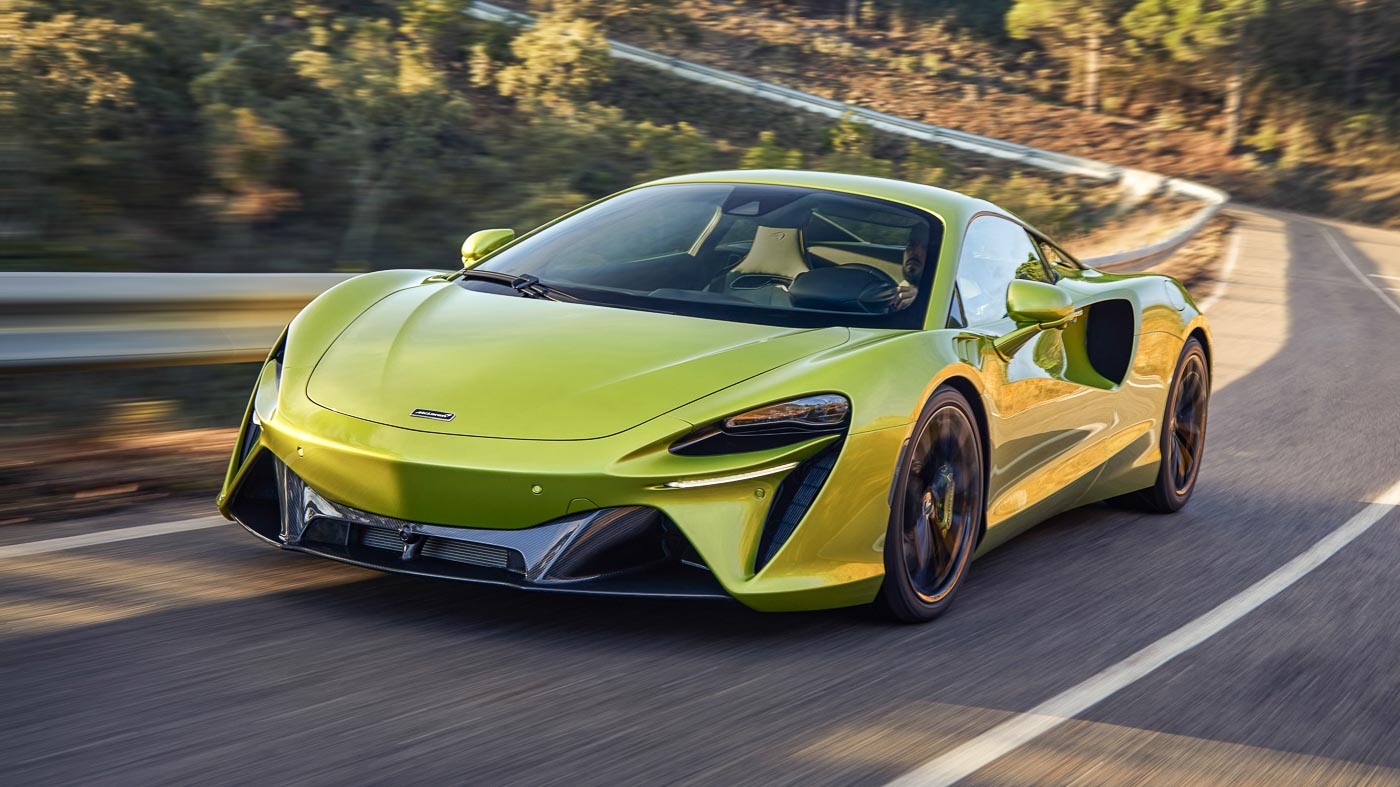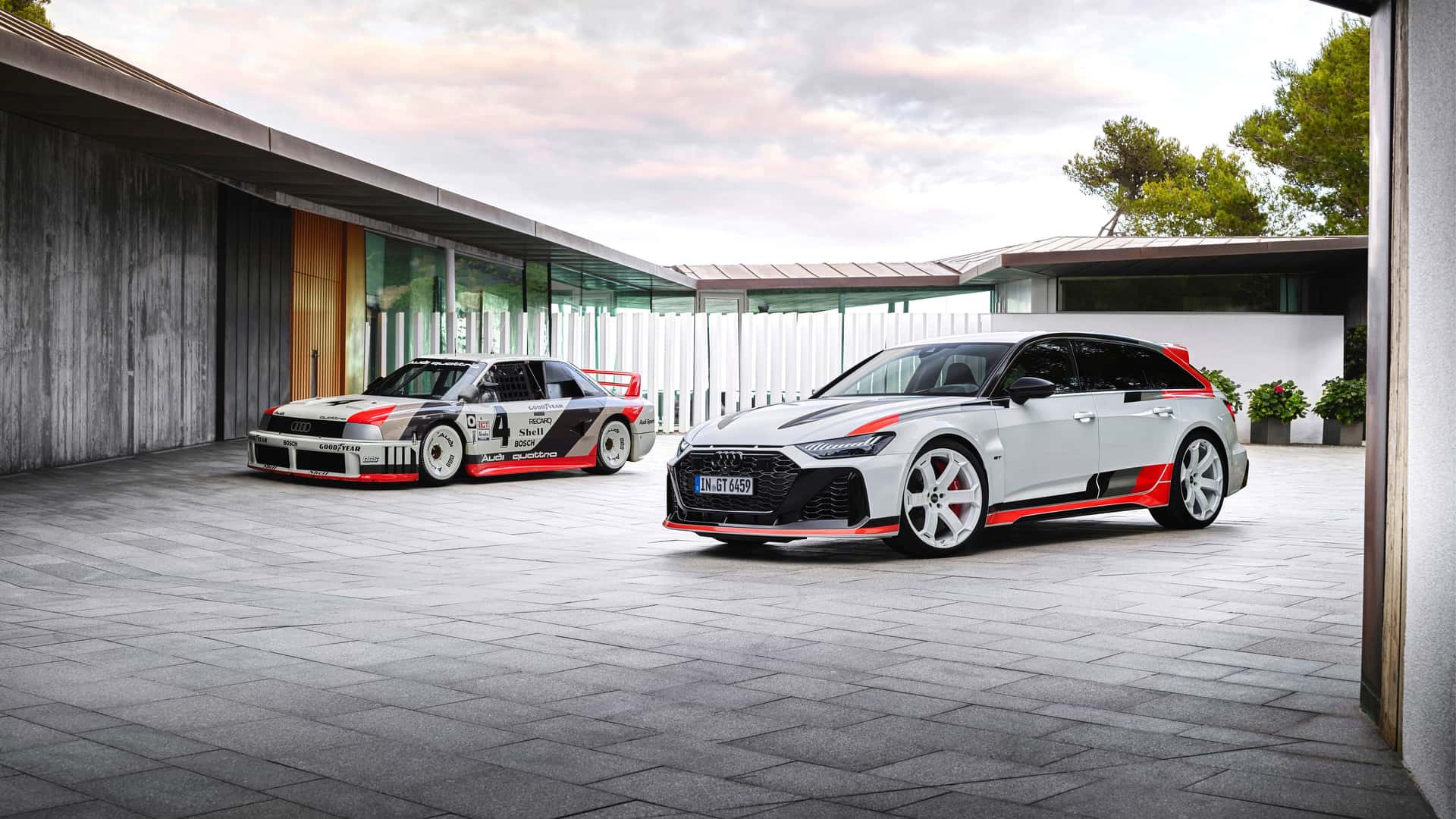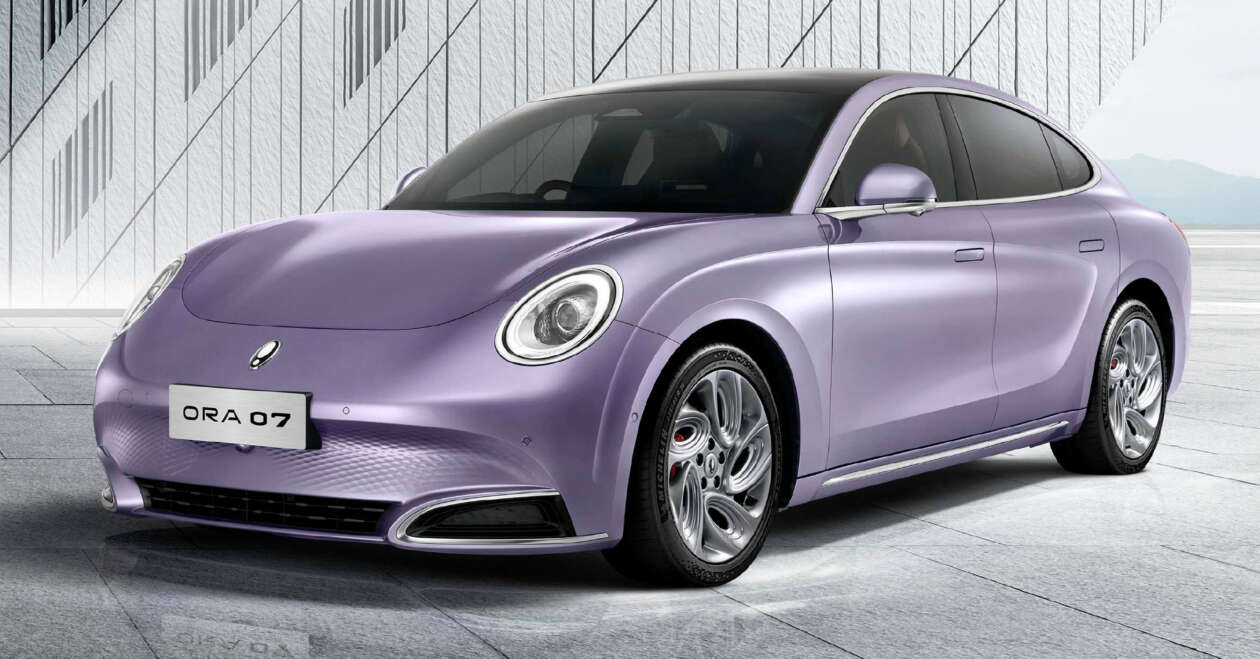Demands to address climate change by becoming carbon-neutral are strong and carmakers, whose products are identified as contributors to climate change because of their exhaust emissions, need to do their part. Electrification is the quickest solution that allows vehicles as we know them to still be used without causing more pollution.
Ferrari, like other sportscar makers, can’t avoid the electrification trend of the auto industry. In fact, over 10 years ago, it was already examining hybrid technology and developing such powertrains. And with Formula 1 moving into the hybrid era, development accelerated as the company has long been a participant in the sport.
Thus far, the company has already put a few hybrid models into the market – like the LaFerrari and SF90 Stradale – and with the 296 GTB, which was launched in the middle of last year, represents an evolution of their mid-rear-engined two-seater Berlinetta with a hybrid engine.
This model is the latest offering from Naza Italia in Malaysia which has priced it from RM1,228,000 (excluding all duties and insurance). As with other new Ferraris officially sold by the importer, there’s a 7-year maintenance programme included. Service intervals are at 20,000 kms or once a year, with no mileage limits.
All-new hybrid V6 powertrain
The hybrid powertrain of the 296 GTB incorporates a 120° V6 (553 ps output) coupled with one electric motor that adds 122 kW (166 ps), giving a total system output of 830 ps. Having a displacement of 2992 cc, it’s the first 6-cylinder engine installed on a Ferrari roadcar although the brand has had V6 engines going as far back as 1957 but only for its racing cars (its Formula 1 racers have had V6 hybrid architecture since 2014). Needless to say, technologies developed for the hybrid racing cars has been used for the 296 GTB powertrain.
The hybrid powertrain is a plug-in (PHEV) type which allows for external recharging and a high-capacity 7.45 kWh lithium-ion battery pack. Running on just electric power, Ferrari claims that a range of up to 25 kms is possible.
The new V6, which has an 8-speed DCT, is of an entirely new development and engineered specifically for the car. It’s the first Ferrari to feature the IHI turbos installed inside the vee of the engine. Aside from bringing significant advantages in terms of packaging, lowering the centre of gravity and reducing engine mass. It sets a new specific power output record for a production car and the maximum power output puts it at the top of the rear-wheel drive sportscar segment.
Aerodynamic innovations
Besides the powertrain, the 296 GTB also has aerodynamic innovations that include, for the first time, an active device is being used not to manage drag but to generate extra downforce. The LaFerrari-inspired active spoiler integrated into the rear bumper allows the 296 GTB to generate a high level of rear downforce when required – up to 360 kgs at 250 km/h in high- downforce configuration with the Assetto Fiorano package.
The Aero calipers for the brake system have ventilation ducts integrated into their castings. This brake cooling concept requires a dedicated duct to correctly channel cool air coming in through the air intakes on the front bumper through the wheelarches. In the case of the 296 GTB, the intake has been integrated into the headlight design.
From a chassis perspective, the car’s wheelbase is 50 mm shorter than previous Ferrari berlinettas, giving positive implications to the dynamics. Because of the added weight of the hybrid system, much attention was paid to lowering weight for an optimum balance and various solutions were used. It helped that the V6 is 30 kgs lighter than the V8s used in other berlinettas and along with use of lightweight materials, the resultant dry weight is 1,470 kgs.
Evolved from SF90 Stradale
As with the newer Ferraris, the cabin shows greater ‘digitisation’ and uses the new concept of an entirely digital interface which was first adopted by the SF90 Stradale. It shows a clear break with the past and presents new technology in a sophisticated way. However, the cleaner layout also allowed the designers to create a pure, minimalistic environment for the occupants.
Exclusive Italian leather trim to the seats and trim is further enhanced by the noble technical materials used on the functional components. The sculptural door panels are seamless continuations of the dashboard in terms of both materials and colour. Incidentally, when the engine shuts down, the instruments also go black, enhancing the minimalist look of the cabin.
For customers who want to experience the full performance of the car, the Assetto Fiorano package is available and provides significant weight reduction and aero content. It includes special GT racing-derived adjustable Multimatic shock absorbers, high downforce carbonfibre appendages on the front bumper, a Lexan rear screen, and more extensive use of lightweight materials such as carbonfibre for both cabin and exterior.
Assetto Fiorano package
The Assetto Fiorano package (shown on the car below) involves much more than simply replacing elements. Some components require the standard basic structure to be redesigned, including the door panel, resulting in an overall weight-saving of 12+ kgs. This is therefore something that is specified when ordering the car so the necessary items are added at the factory during assembly.
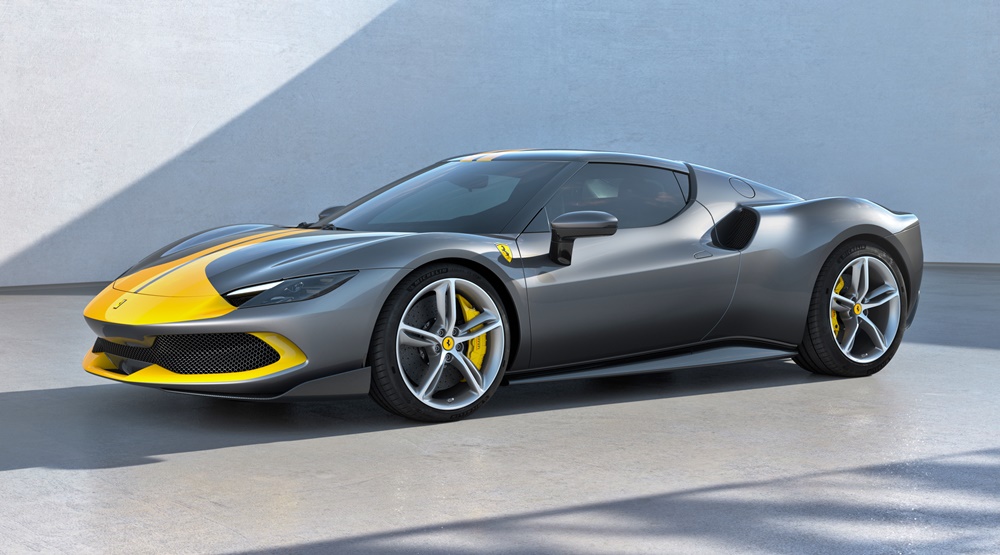
Click here for other news and articles about Ferrari.



